|
Harris's Hawk taking off, Oracle State Park, January 3, 2020. So here we are in March, looking forward to the spring solstice. But before we get into spring, let's look at what winter provided starting with a January trip to Oracle State Park. Oracle State Park: Harris's Hawks call it homeThe Kannally ranch house at Oracle State Park, with the Harris's Hawk's favorite Juniper in front.
The original 160-acre ranch was purchased by Neil and Lee Kannally in 1903, and grew to almost 50,000 acres as more family members arrived in Arizona. The ranch house was built from 1929 to 1933, patterned on Italianate villas of the 1920's, in a Mediterranean Revival Style with Moorish influences. Following the death of Lucile Kannally in 1976, the ranch was willed to the Defenders of Wildlife, which later deeded the ranch to the Arizona State Parks Board. The newly named Oracle State Park became the current 4,000 acre wildlife refuge and environmental learning center for school and adult groups. The Friends of Oracle State Park raises funds for the restoration, preservation and operation of the historic ranch house and its grounds. A family of Harris's Hawks calls the ranch home. We found a sentry sitting on top of a tall Juniper right next to the house when we arrived for a morning birding tour. Harris's Hawks are large raptors that live in desert and savannah regions in Mexico, southern Arizona, New Mexico and portions of Texas. They bond easily to human handlers, and appear to have been the model for the Thunderbird or Sacred Bird of several Native American societies. Because of their ability to work with human hunting partners, they are popular with falconers, and hunt both large prey such as jackrabbits as well as small maneuverable birds. (Reference: Birds of North America Online). Harris's Hawks breed in social units of 2 to 7 individuals, and maintain a continuing presence at the park. In the images below, a perched hawk leaps for the adjacent juniper. We can see the rusty upper wing and long legs. In the Harris's Hawk the lore, the area between the eye and the edge of the bill, is bare. In the image below, one of the group is perched on a Aermotor windmill. Aermotor, founded by La Verne Noyes, has been in continuous operation manufacturing windmill water pumps since 1888. Between 1888 and 1892 they sold 20,000 windmills, creating an iconic feature on farms and ranches throughout the west. The Friends of Oracle State park are looking forward to full restoration of this windmill as an upcoming project. Right now it makes a great hawk's perch. Ranch road with the ranch house in the distance. In the images below, a Harris's hawk takes off from his perch. All these photographs were captured in early January. By March they should have started nest building and the laying of eggs. El Rio Preserve: Black-tailed GnatcatcherEl Rio Preserve is on Coachline Boulevard in the town of Marana. It is a 104 acre site on the de Anza trail at the base of the Tucson Mountains under development as a nature and recreational site. Birding walks have just begun this winter, once a month, usually on the first Tuesday. Look at the Marana website for more information. Click on Outdoor Recreation. We joined the monthly birding walk, led by Jeff Babson on January 7th, and captured images of this Black-tailed Gnatcatcher. The image above and the one below are most likely a male in winter plumage when the black cap of the breeding season is replaced by a black streak over the eye. The two images below are most likely a female with some brown coloration on the back. The 4 images below were captured adjacent to The Chuck Huckleberry Loop at the Rillito River and North Columbus Boulevard. There is good understory along the path just west of the Columbus parking loop, which is where these photos were taken. The image above is likely a female with brown on the wings, and the images below males in winter plumage. The last image, below, is a male. Here we can see the tail spread out, showing that the outer tail feathers are shorter than adjacent feathers, creating a graduated look. This is not present in the Blue-gray Gnatcatcher, a similar looking bird, but not common in winter in southern Arizona. [Special thanks to Jeff Babson for reviewing these images and providing the fine detail that distinguishes these birds from Blue-gray's.] Brown Creeper at Sweetwater WetlandsBrown Creepers are small songbirds that live throughout North America and central Mexico. They are brown and white can be seen (with difficulty!) spiraling up large tree trunks from bottom to top probing into crevices and loose bark with slender decurved bills looking for insects. Once at the top of a tree they will look for the next big tree and start on the ground floor again, working their way up. They are superbly camouflaged, and very hard to see, and tougher to photograph. The photographs above and below were captured at Sweetwater Wetlands on January 22nd. The bird was moving fast in the shadows making it tough to grab a good image. The two images below were captured on September 3, 2018, near the meadow trail on the top of Mt. Lemmon. The decurved bill is evident. In the top photo the bird has got something in its mouth, likely an insect. Spotting a Brown Creeper is always an special event! They are out there, so keep looking for them. Orange-crowned WarblerOrange-crowned Warblers are grayish to olive-green birds that live throughout North America, wintering in Mexico and the U.S. coastal areas and breeding in the Rockies and up into northern Canada. The orange crown is only visible when the bird is excited and raises its head feathers. They are often seen at Sweetwater foraging in the understory, including the cattails where they look for caterpillars as well as other insects. They also like fruit, seeds and oozing sap from holes drilled by sapsuckers. The images above and below were captured in March of 2019 near the trail to the south of the wetlands where the cattails catch the morning sun from the right side of the frame. The images below are from February of this year, in the same patch of cattails. This bird was working the cattails at the same time as the Verdin, pictured further down in the post. VerdinThe Verdin is a year round resident of southern Arizona, New Mexico, Texas, as well as Mexico. They have a bright yellow head, and a rufous/chestnut shoulder patch with is more evident in flight or when they stretch up their wings. They commonly forage in the understory for insects and spiders, often hanging upside down as we can see in these images. They will also eat fruit and nectar, and will sip from hummingbird feeders. Verdins build spherical nests, which can be seen throughout the Sweetwater Wetlands area, as well as flat winter roosts used throughout the year. For views of their winter digs, see this link from October 2019, Verdin roost. Like a good friend, it is great to know that they are around throughout the year. Image above: Not clear whether our bird has found an insect, or just "packing material" from the cattail. Let's finish with a Note about Feet, sort of a Footnote . . . (cue audio of groans . . . )Who would think that feet are interesting? Well, for birds they are. Let's look at feet in three of our Sweetwater residents, the Sora, the American Coot, and the Pied-billed Grebe. SoraMost birds have four toes. This "classic" foot form is termed anisodactyl. Toes are numbered from 1 to 4. In the human foot toe #1 is the great toe, #5 the smallest lateral toe. In the anisodactyl configuration, toe #1 is rear facing, with #2 on the inside (medial), and number #4 on the outside (lateral). The Sora above is anisodactyl with long toes that enables it to walk on reeds in the wetlands, as seen in the image above. In the image above, the bird has pulled his foot entirely out of the water, with rear facing toe #1 trailing. In the two images below we can see how these feet are useful on mud. These images were captured a year ago when the ponds were drained before the controlled burn, leading the Sora out in the mud looking for food. In the image below the foot is lifted completely off of the mud, showing all 4 toes. American CootThe American Coot has 4 toes, like the Sora, but the toes themselves are lobed, as seen in the image above, and the detail below. This is in contrast to ducks and gulls who have webbing connecting toes 2-4. The webbing is good for swimming and diving, but not so good for walking. Lobate toes, as seen below, allow the bird to walk and grab reeds, but when the toes are brought together they create a more solid surface making propulsion in water more efficient. In the image below we see an American Coot standing on a reed stump. This would be harder with webbing between the toes. The next image shows a coot standing on the pond bottom. When it is time to go somewhere, the coot brings the toes together and the lobes come together and provide good propulsion. Good anatomy for perching and climbing as well as for swimming. Pied-billed GrebeThe last bird for our toe-to-toe comparison is the Pied-billed Grebe, one of my favorites. If they were bright yellow they would be your favorite rubber ducky for bath time. However, they are not ducks, they are Grebes. Their legs are situated way to the rear, with toes that are in the lobed category, but with toe to toe webbing that gives them a unique appearance. Images above and below, a grebe floating in the morning light. If you want to see one swallow a frog, follow this link. In the series that follows, we see a Pied-billed Grebe on a mission that requires a bit more thrust than the normal cruise around the pond. The legs are way to the rear of the bird, like an outboard motor on a rowboat, and we can see them as he kicks. The legs are so far back in fact, that this bird has a hard time walking on land, and unlike a Sora or American Coot, cannot sit or climb on reeds. In the image above, and the two below, we can see the lobed feet, with a webbed quality, as well as location of the hip posteriorly with a relatively short femur. Even with the leg way back there, he can still scratch, with gives us another view of his neat feet. Well, that's it for Part I. Stay tuned, Part II coming soon. We will drop by Mt Lemmon to check on the Acorn Woodpeckers, and make our second trip to White Water Draw.
Happy trails!
0 Comments
|
AuthorHenry Johnson, photographer and author of this site. For more detail, see About
Categories
All
Archives
July 2024
|
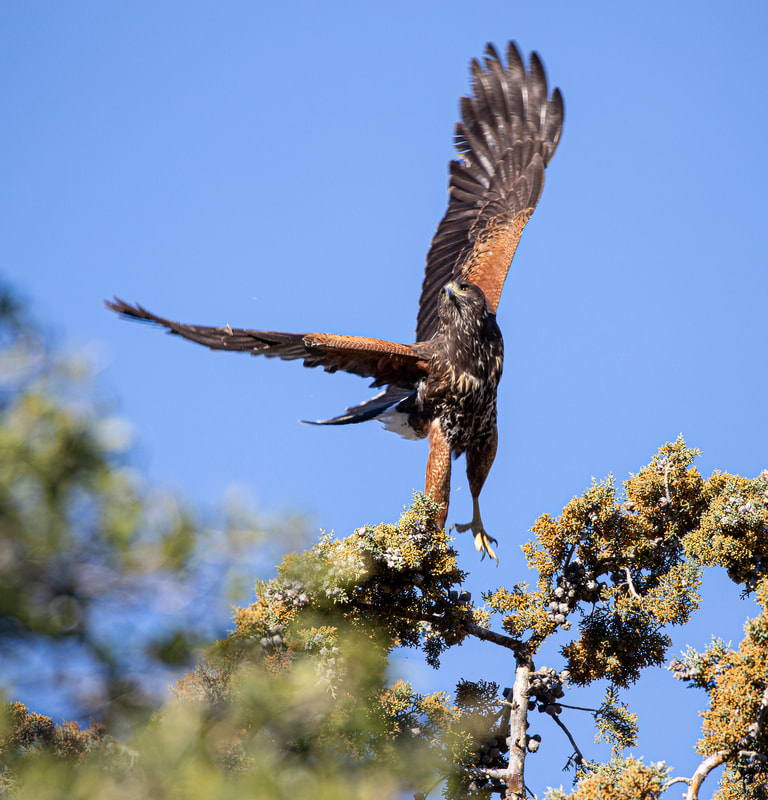
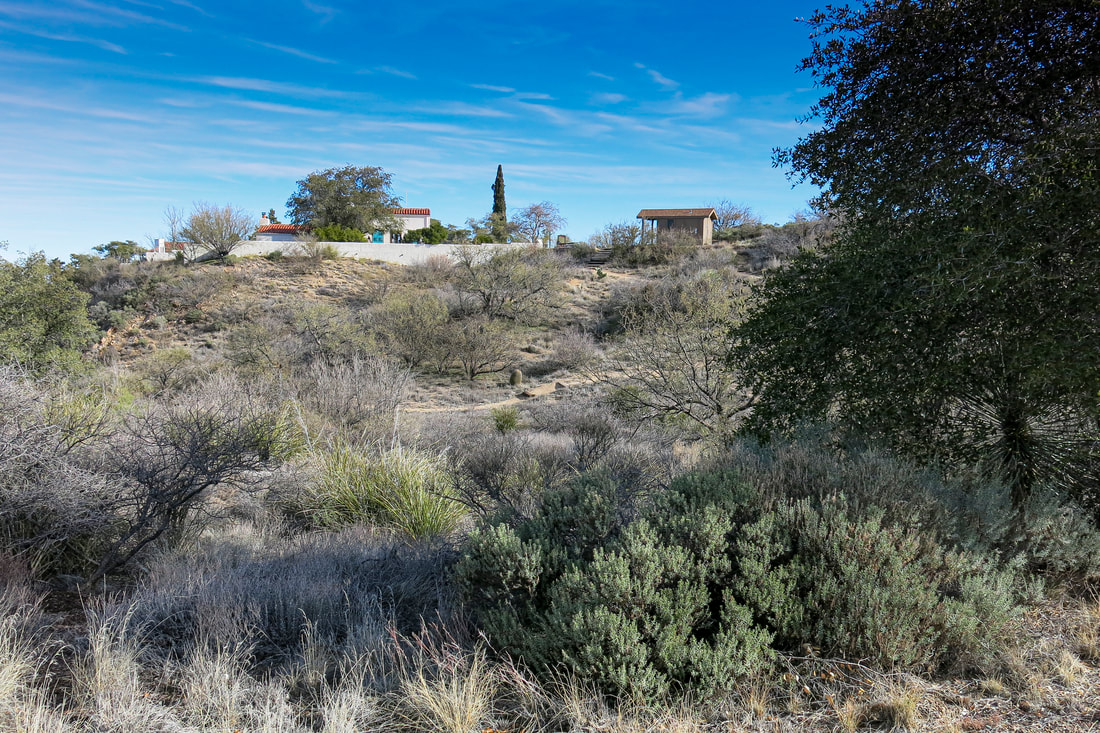
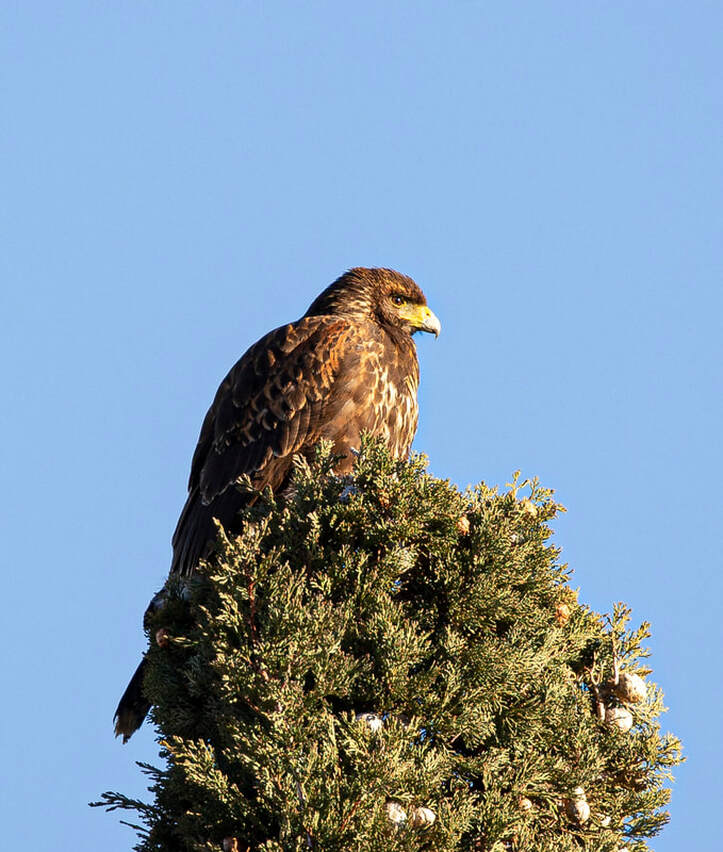
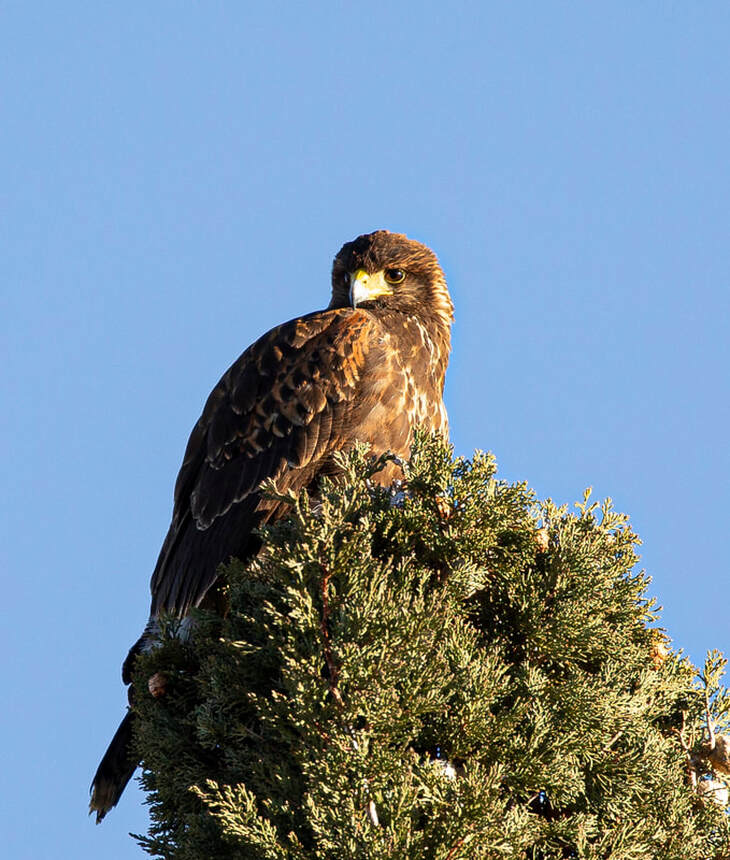
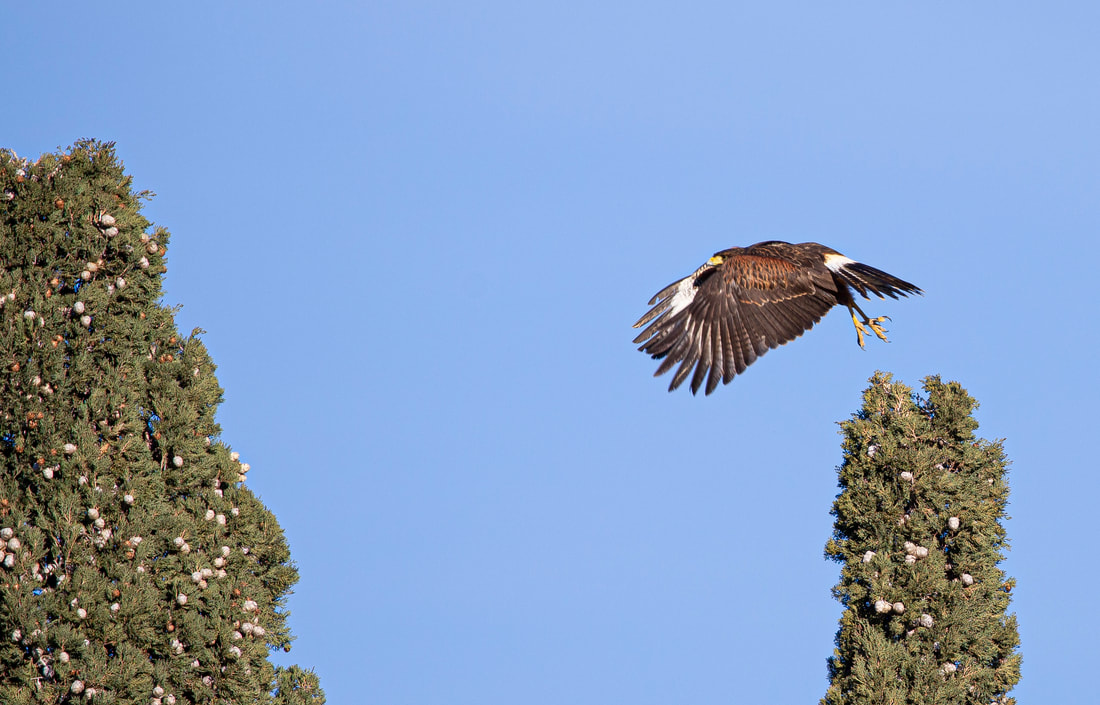
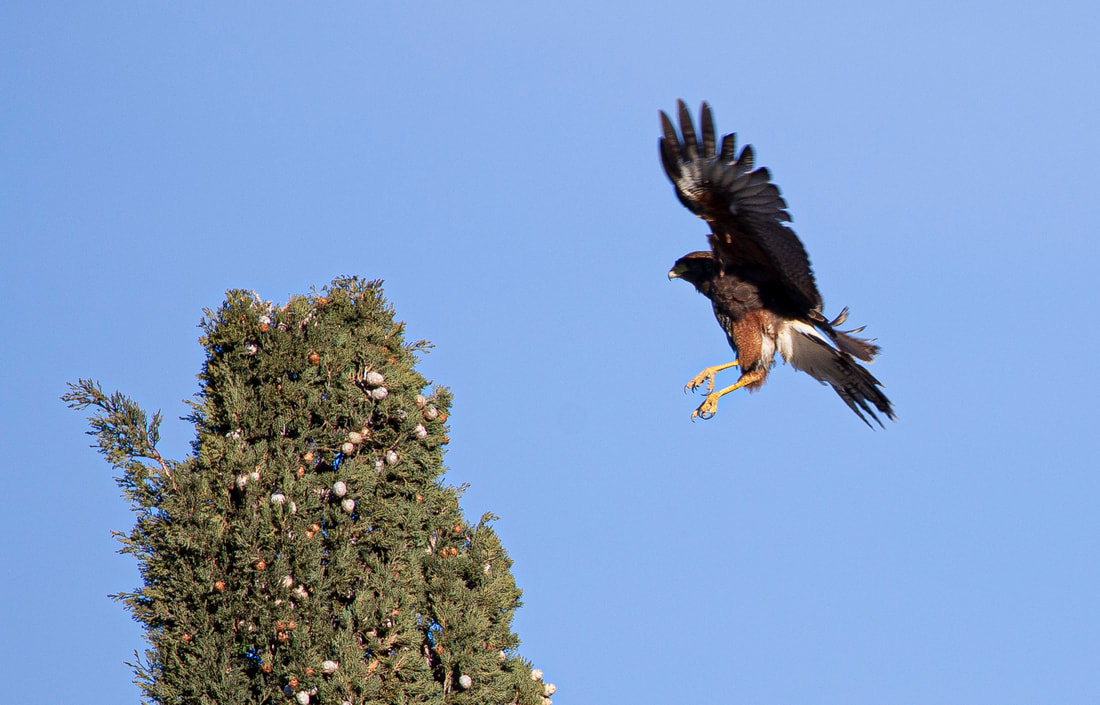
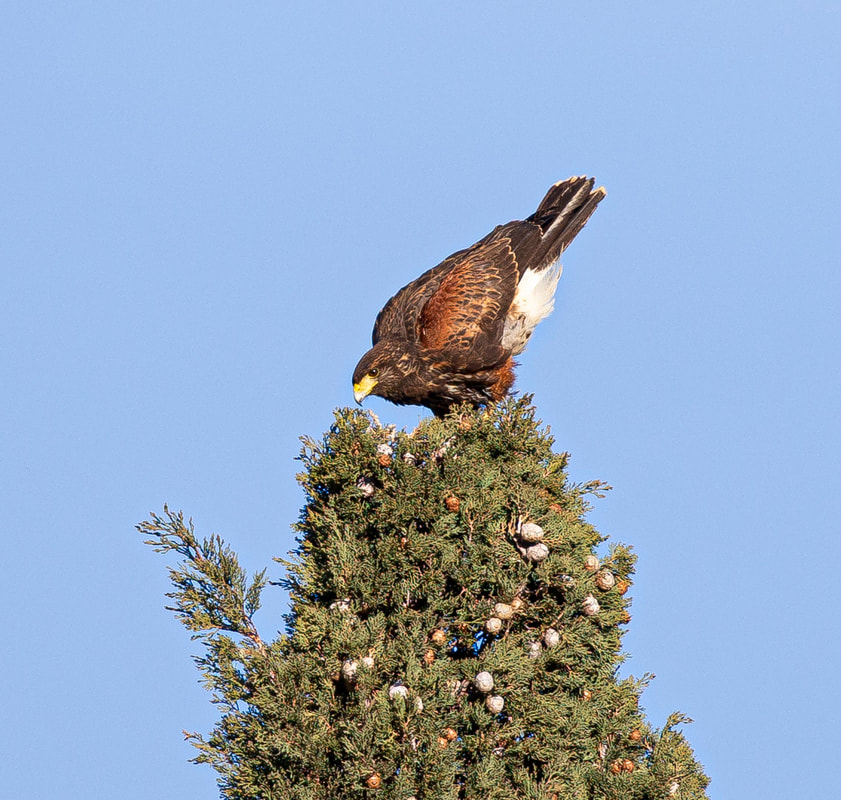
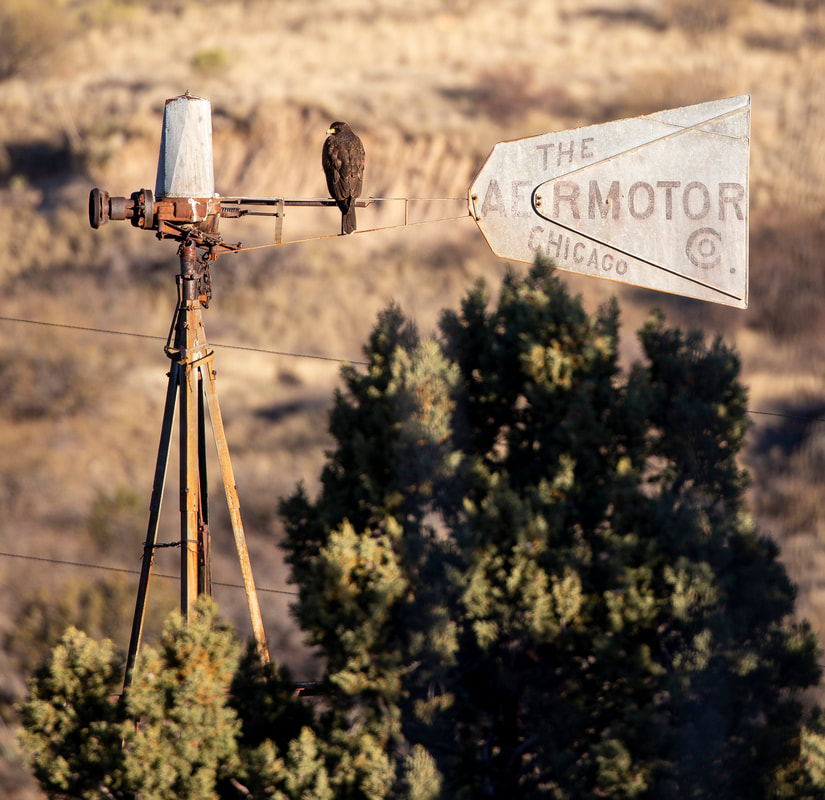
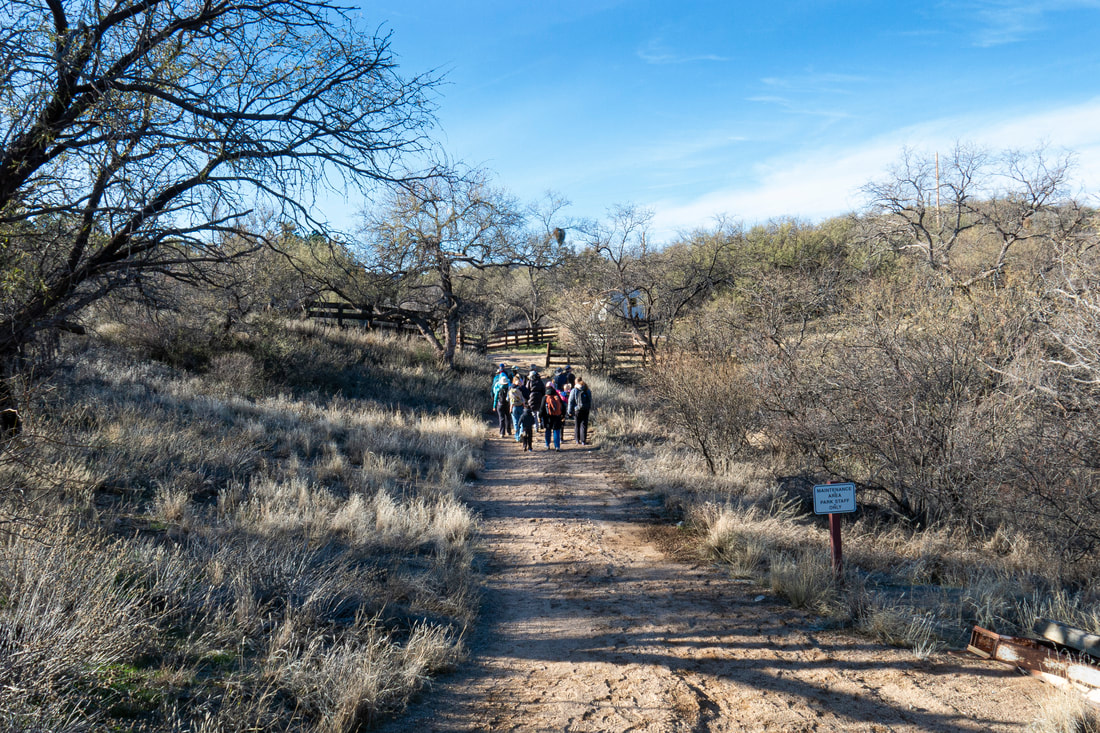
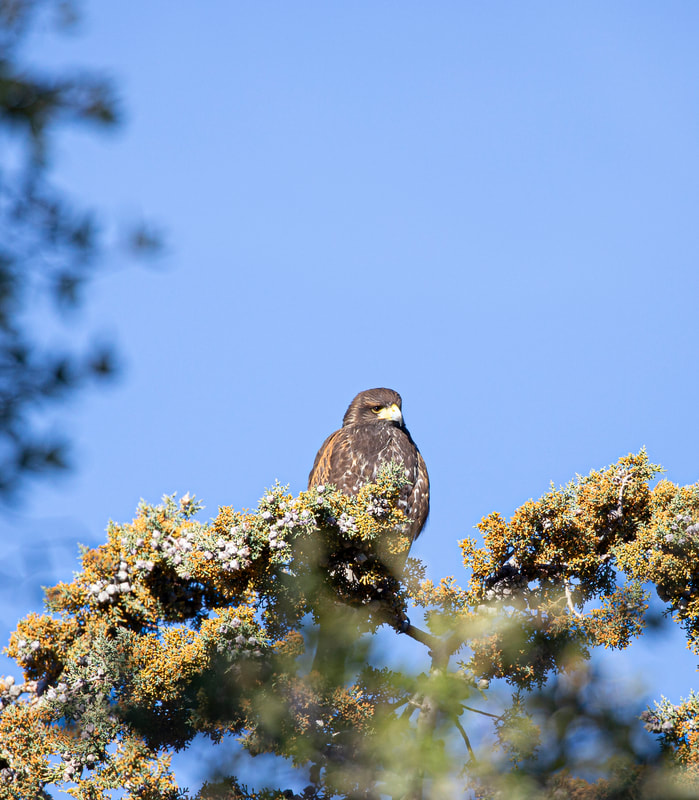
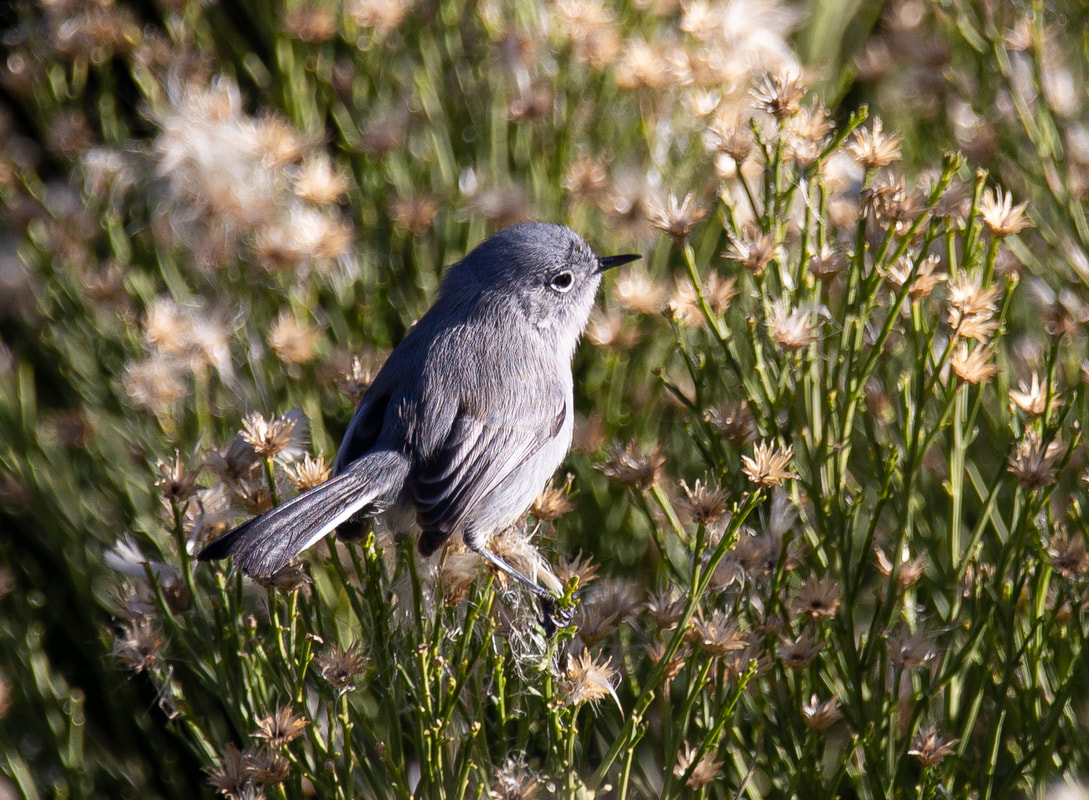

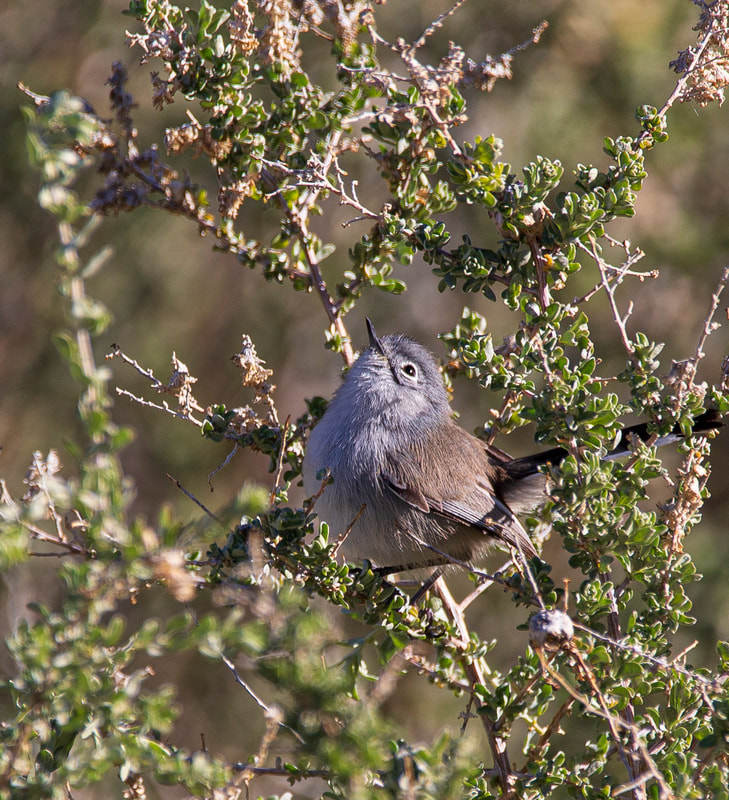

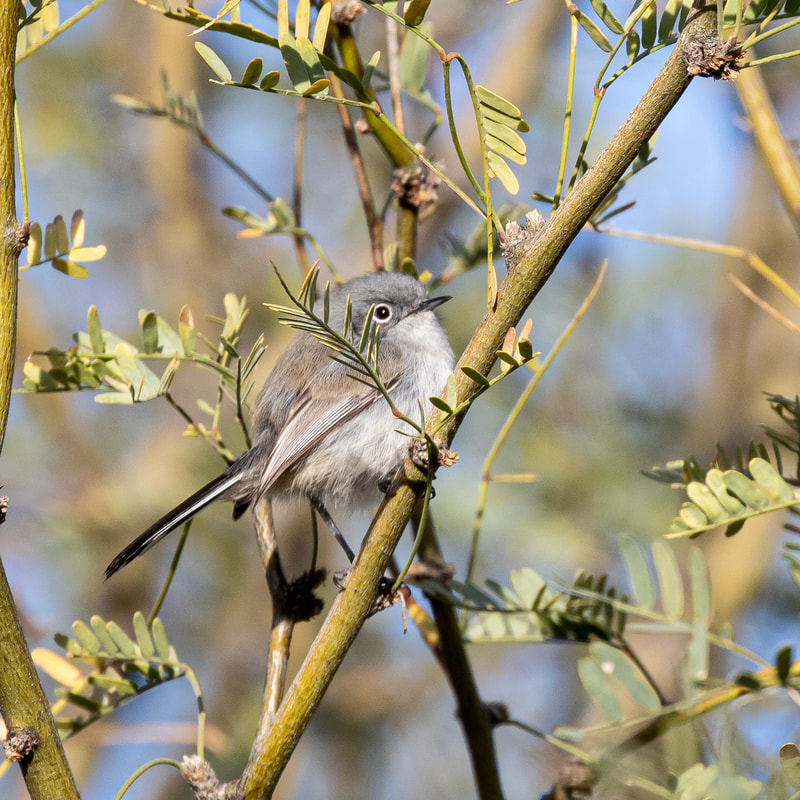
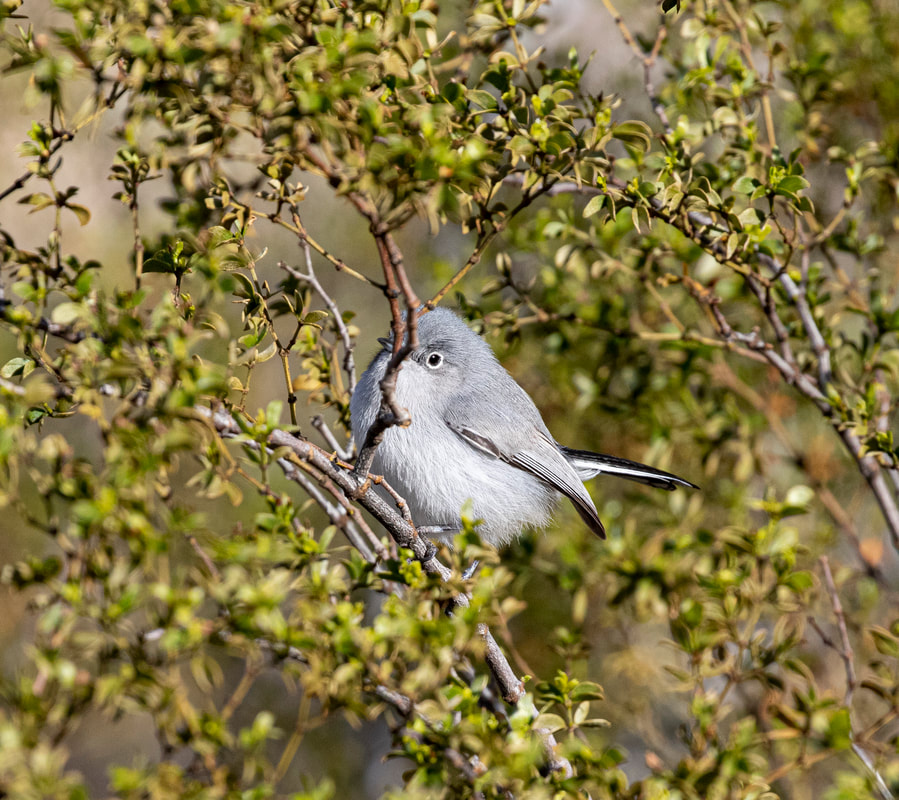
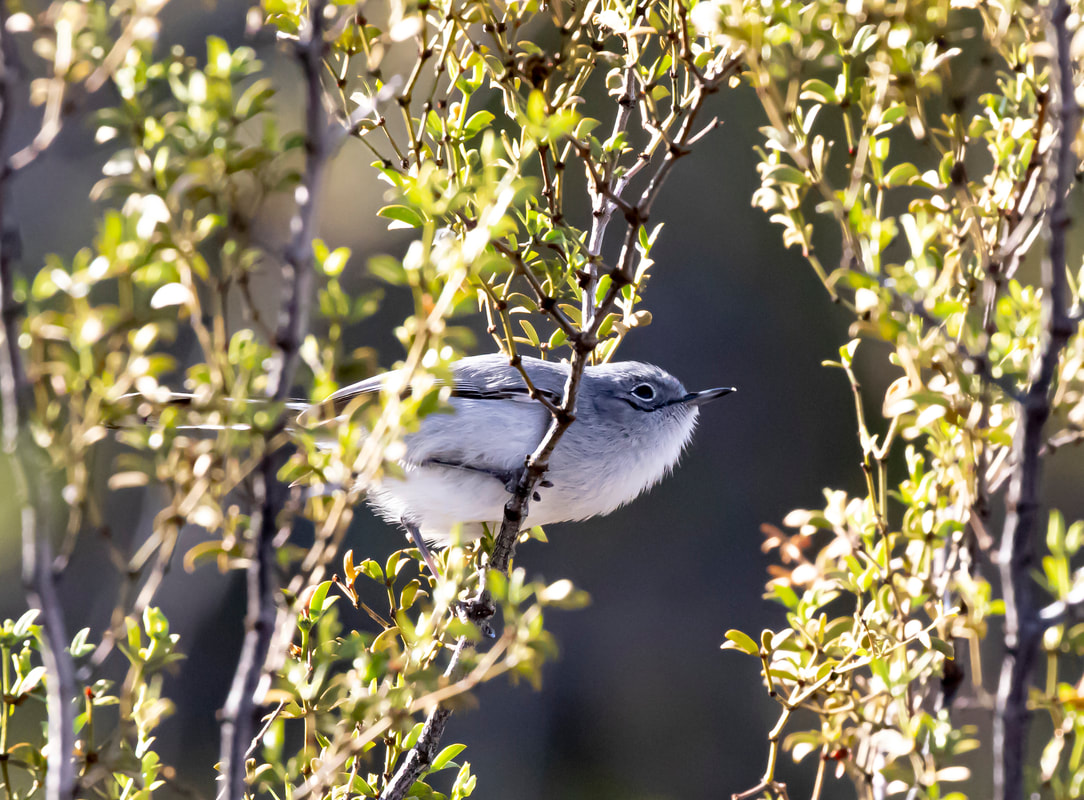
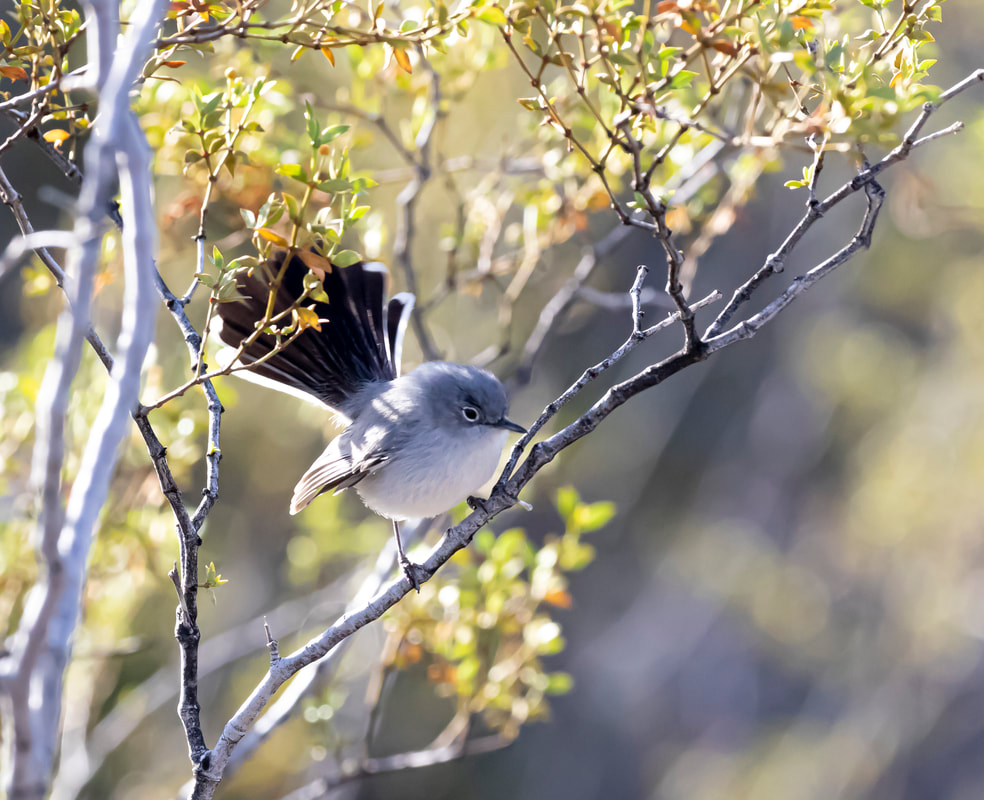

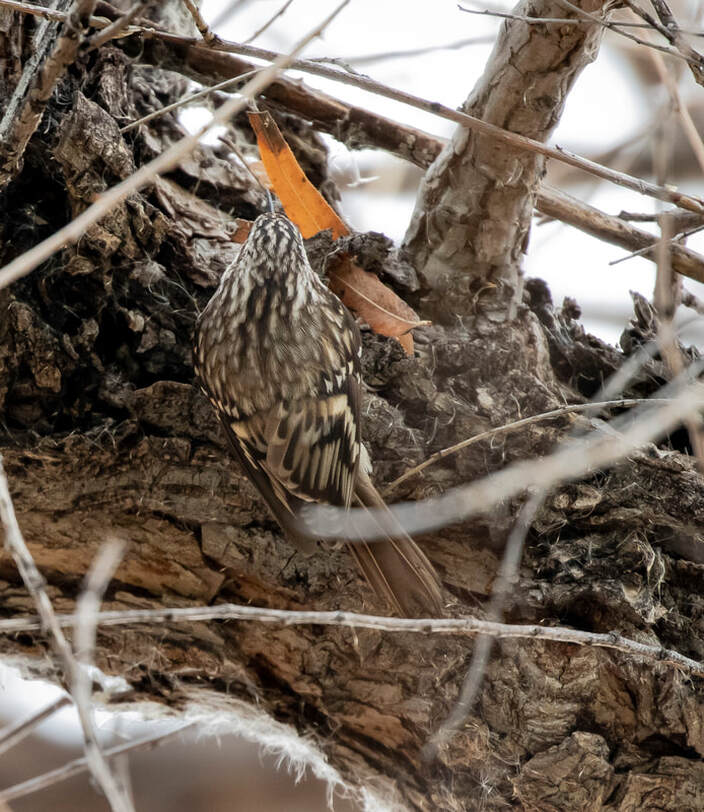
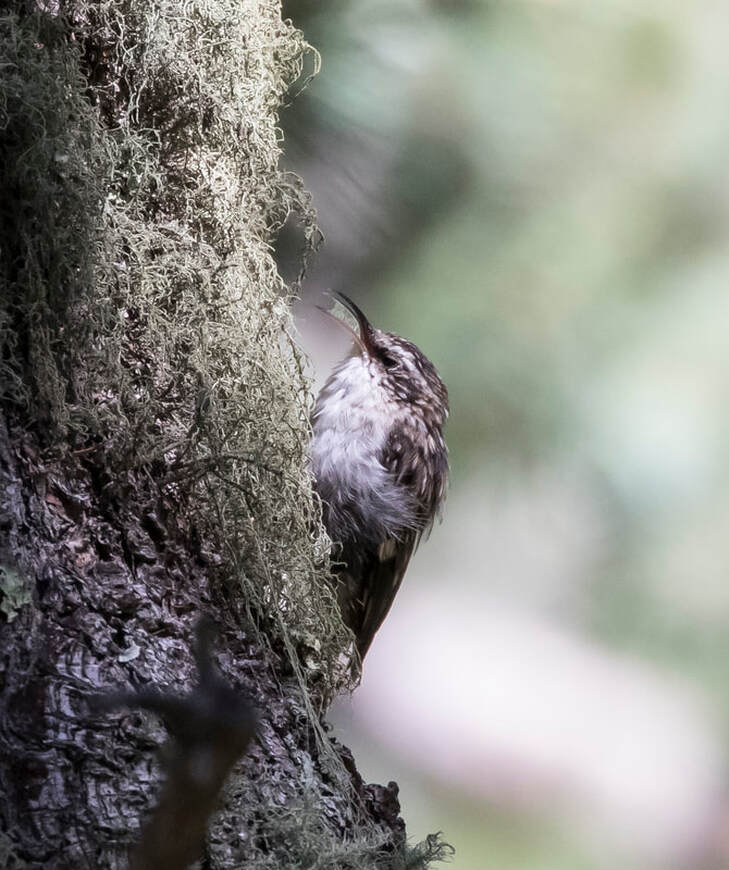
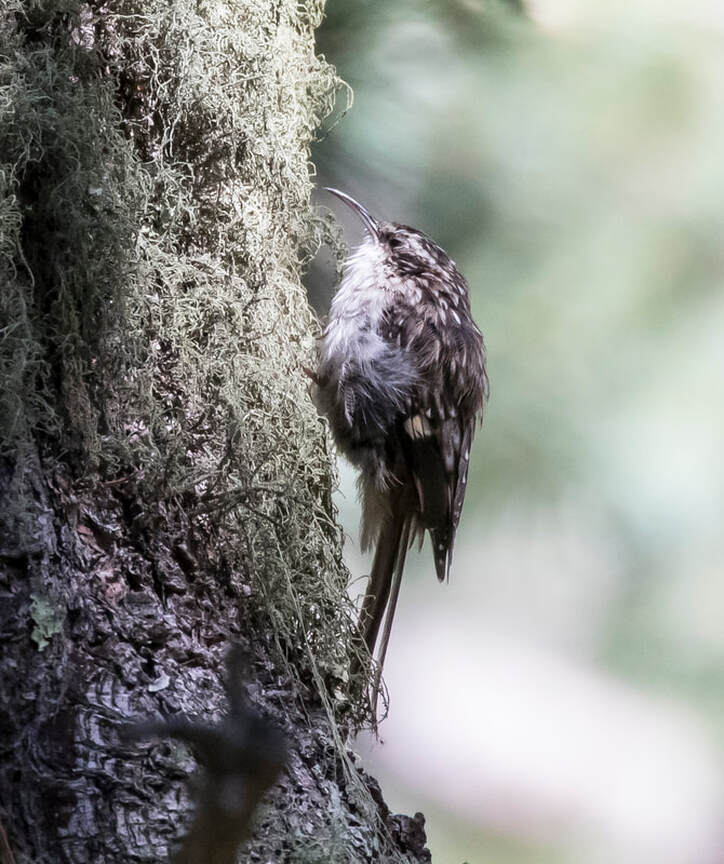
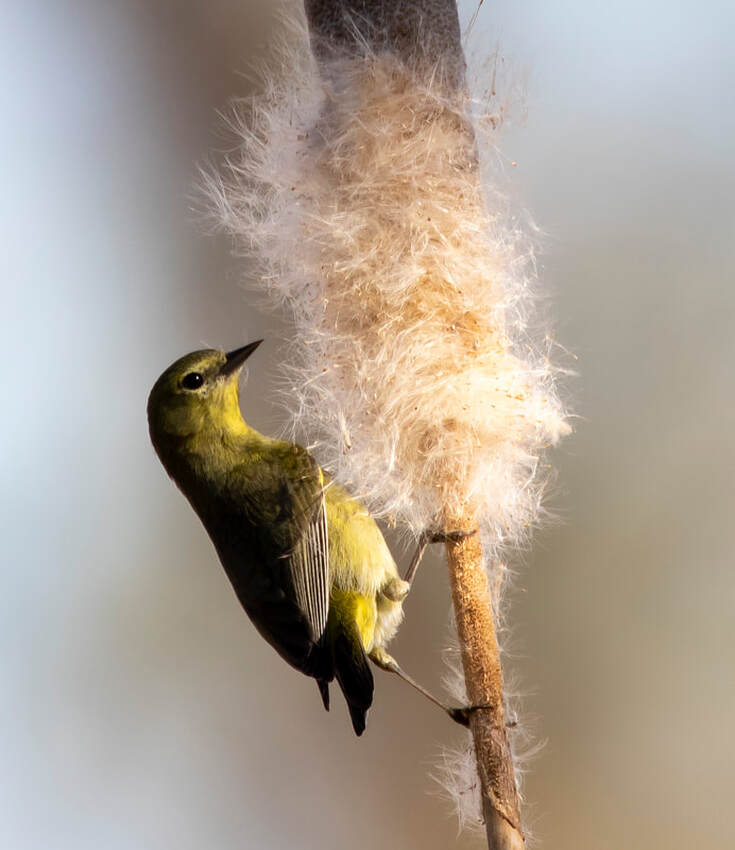
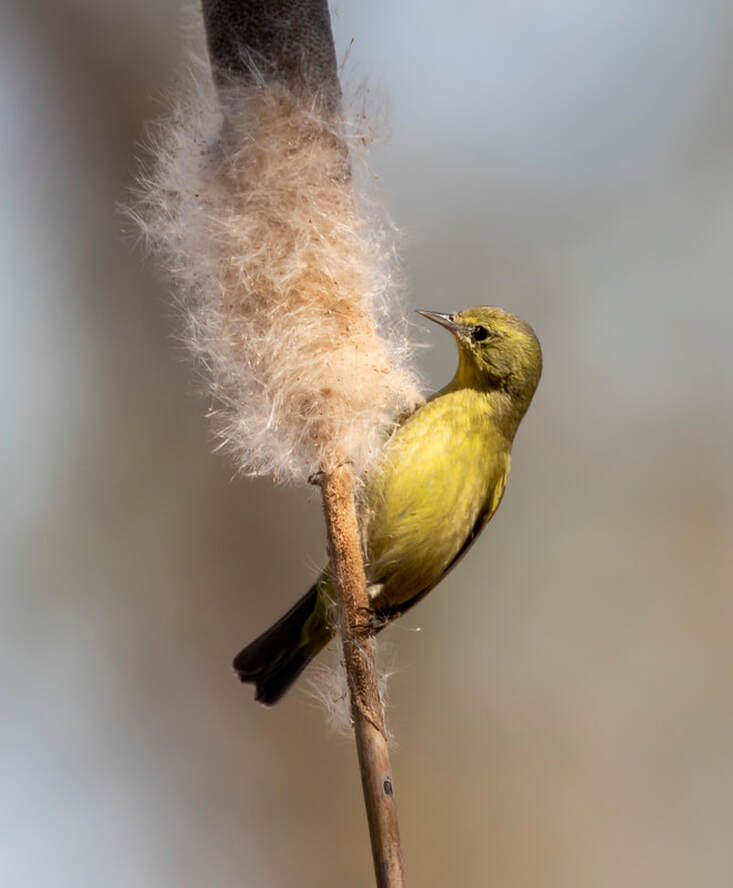
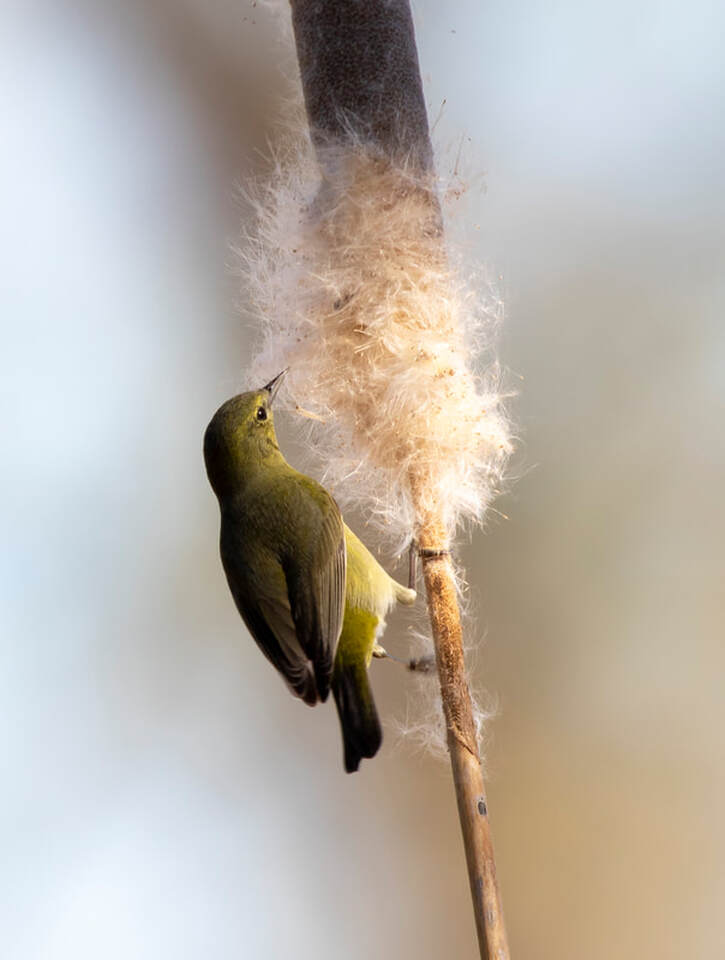
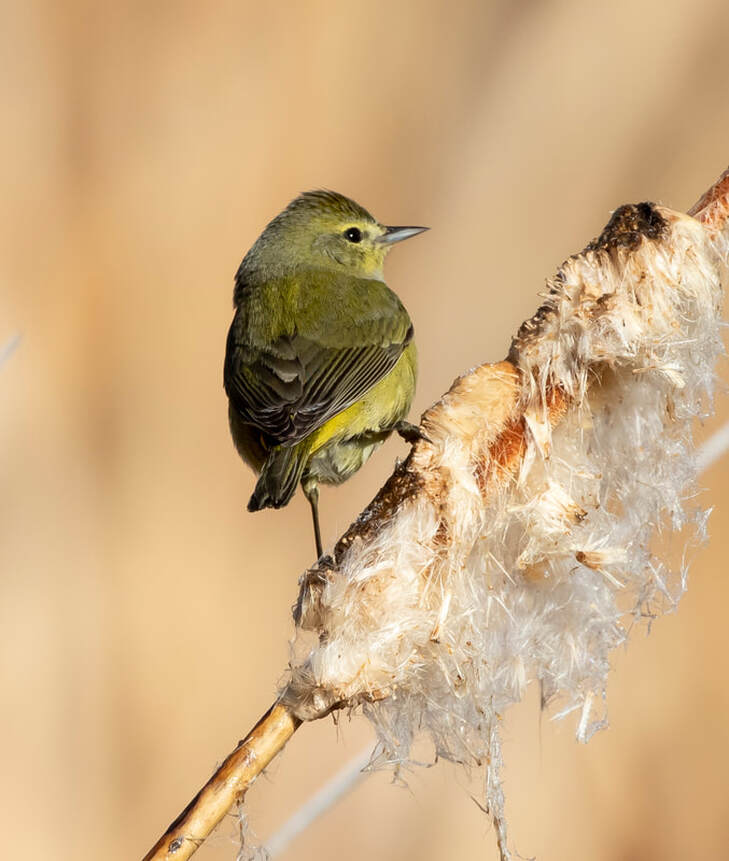

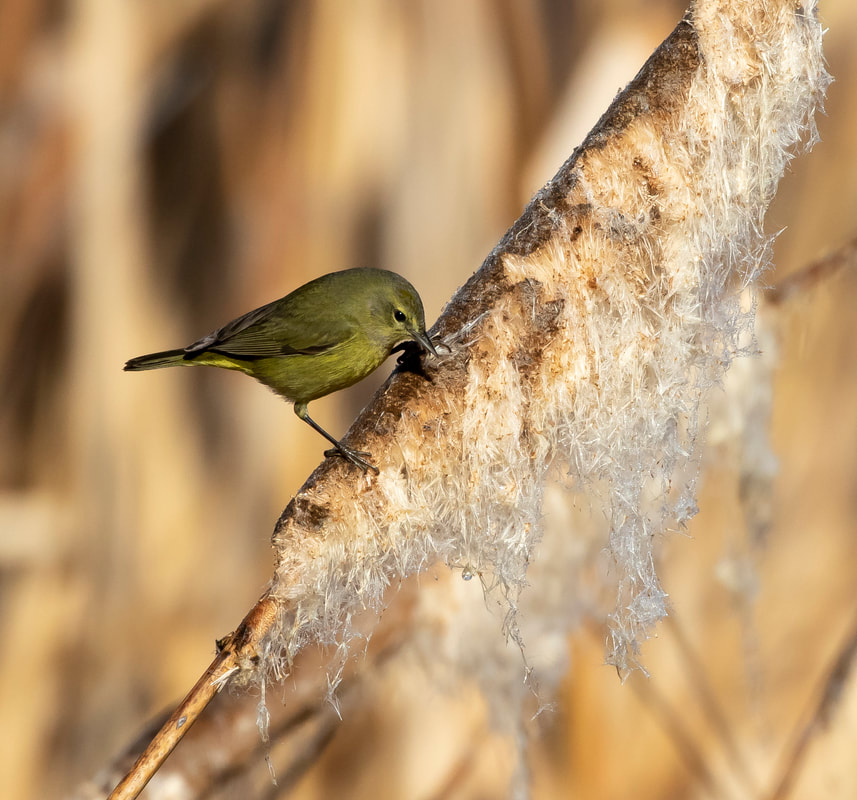
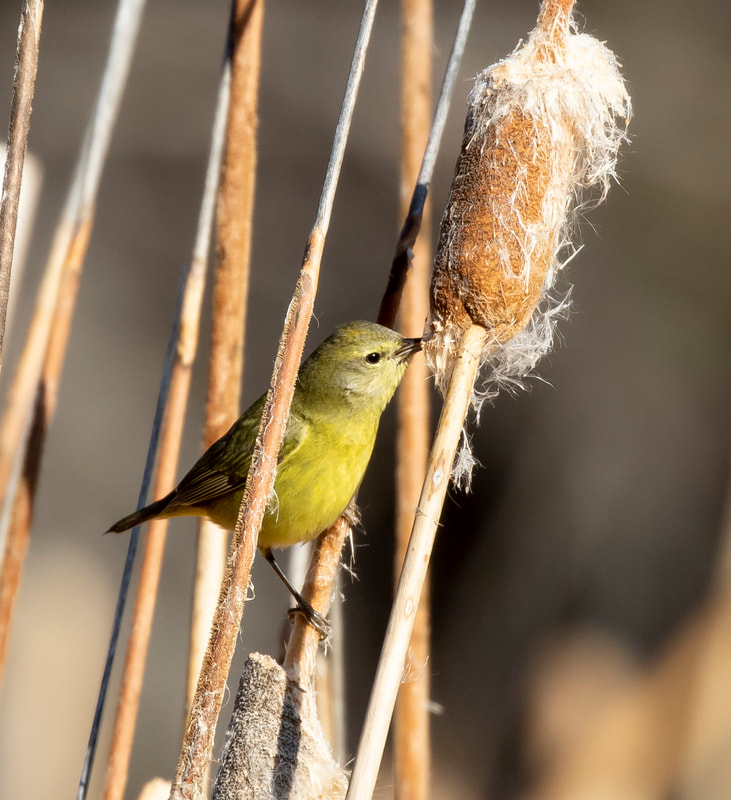
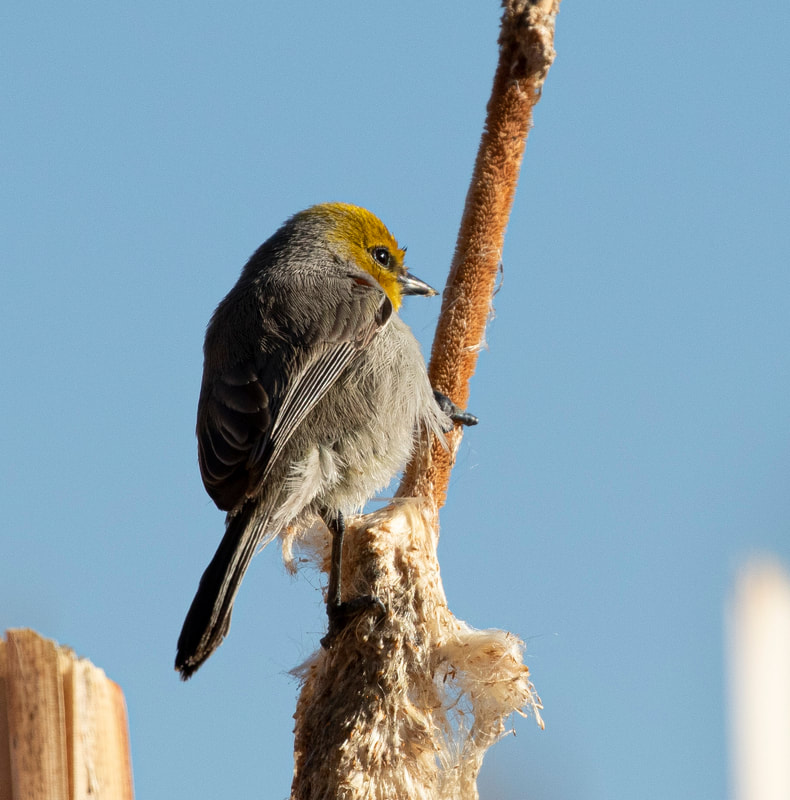
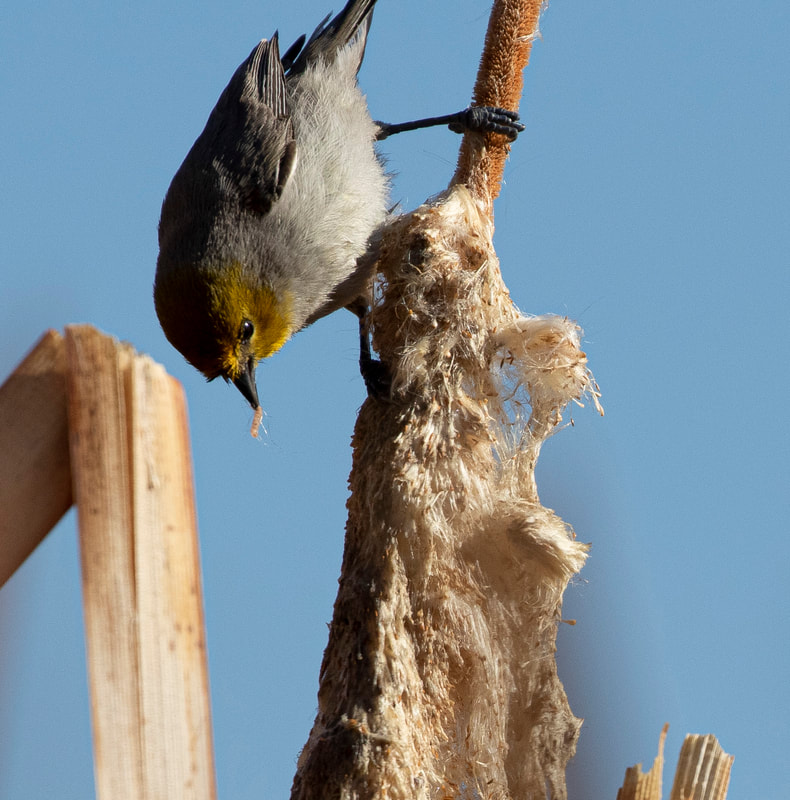

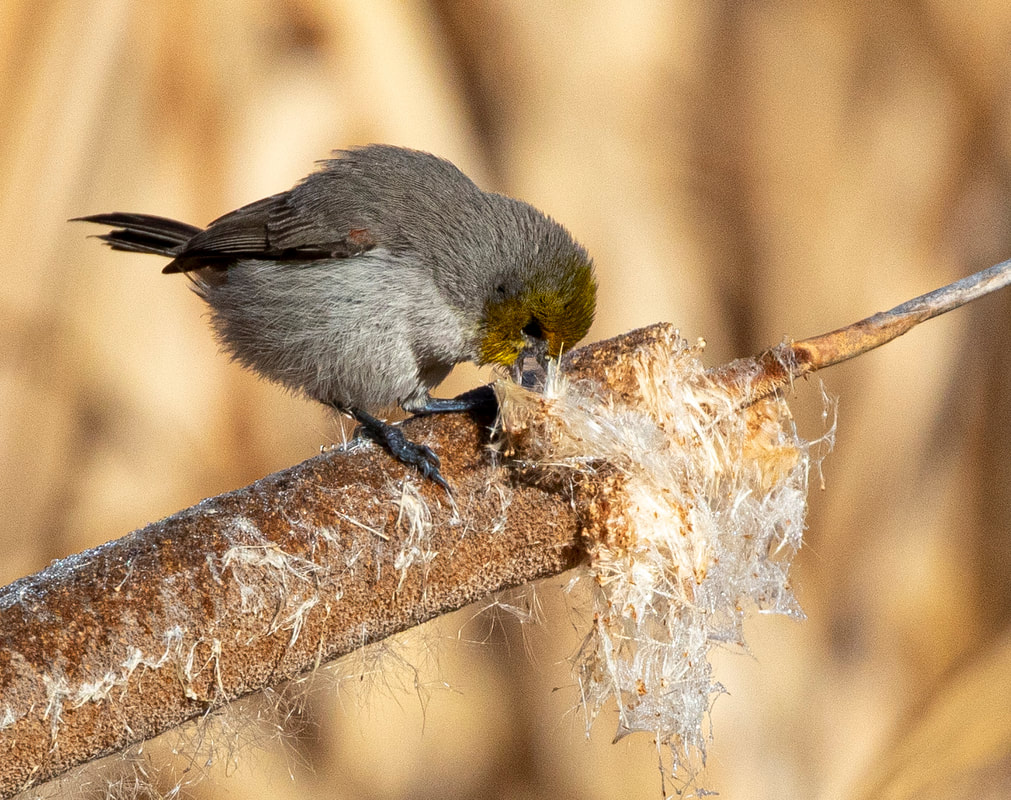
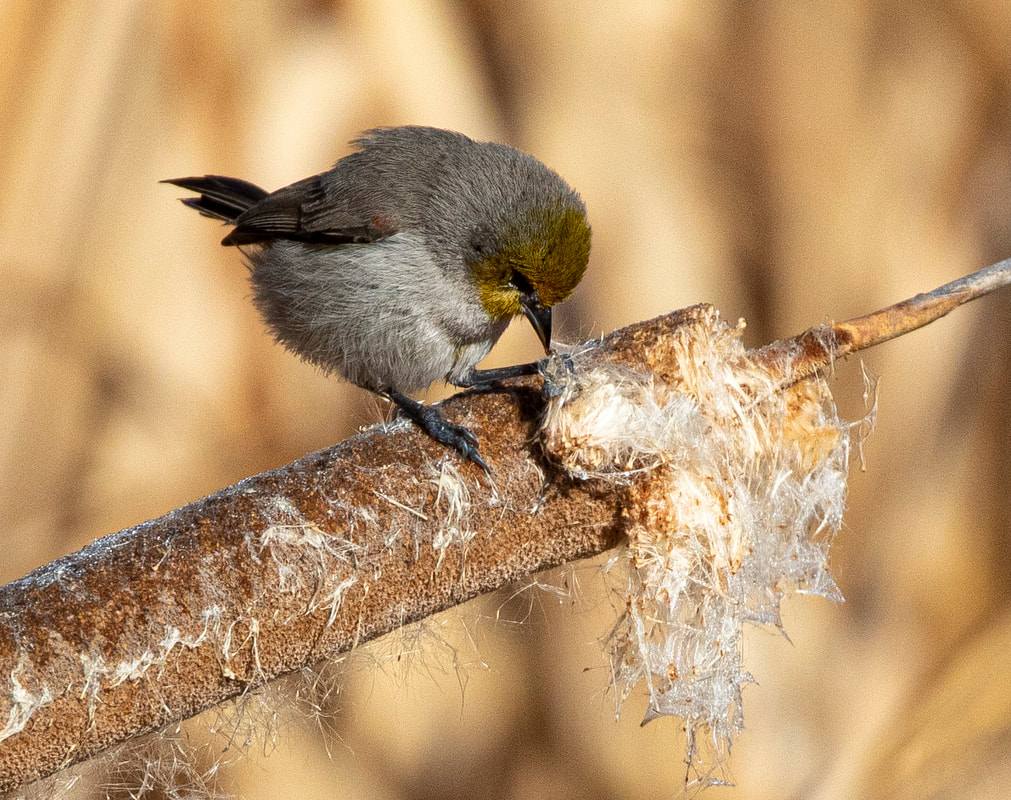
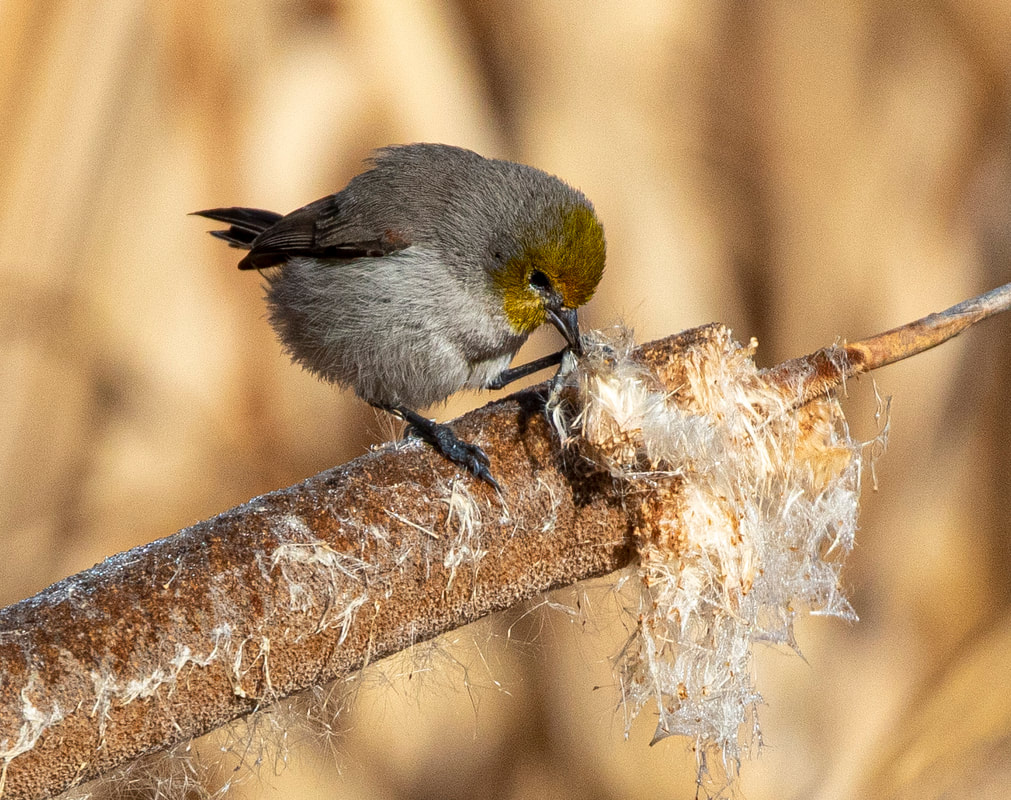
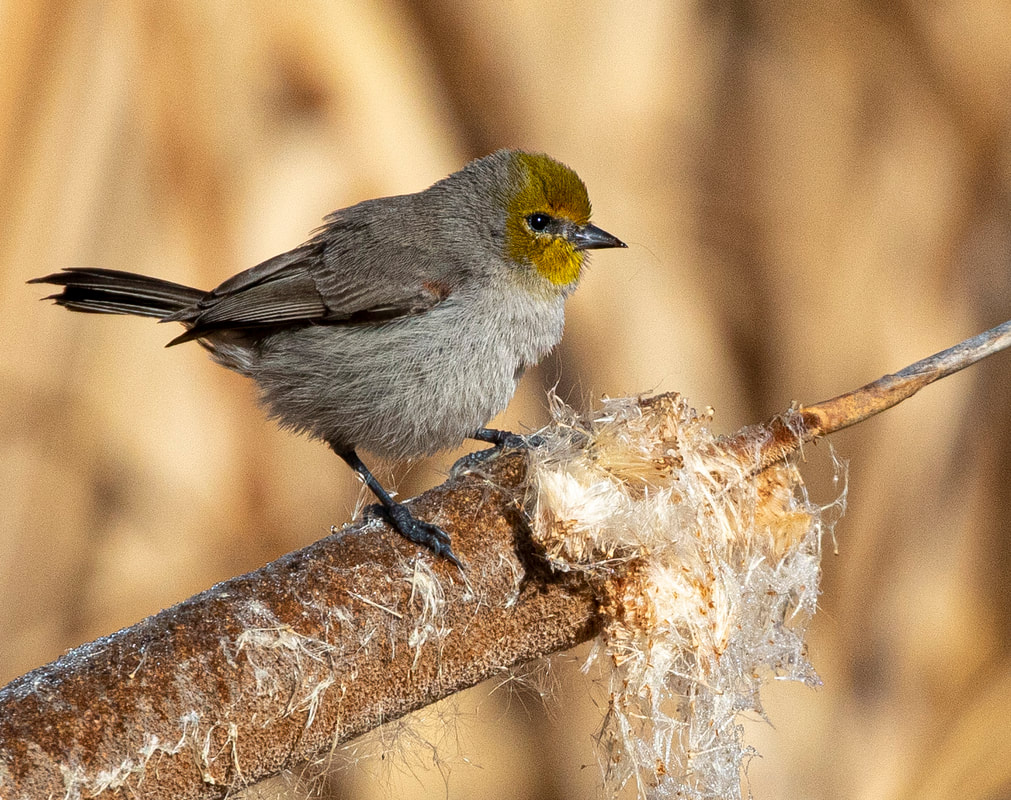
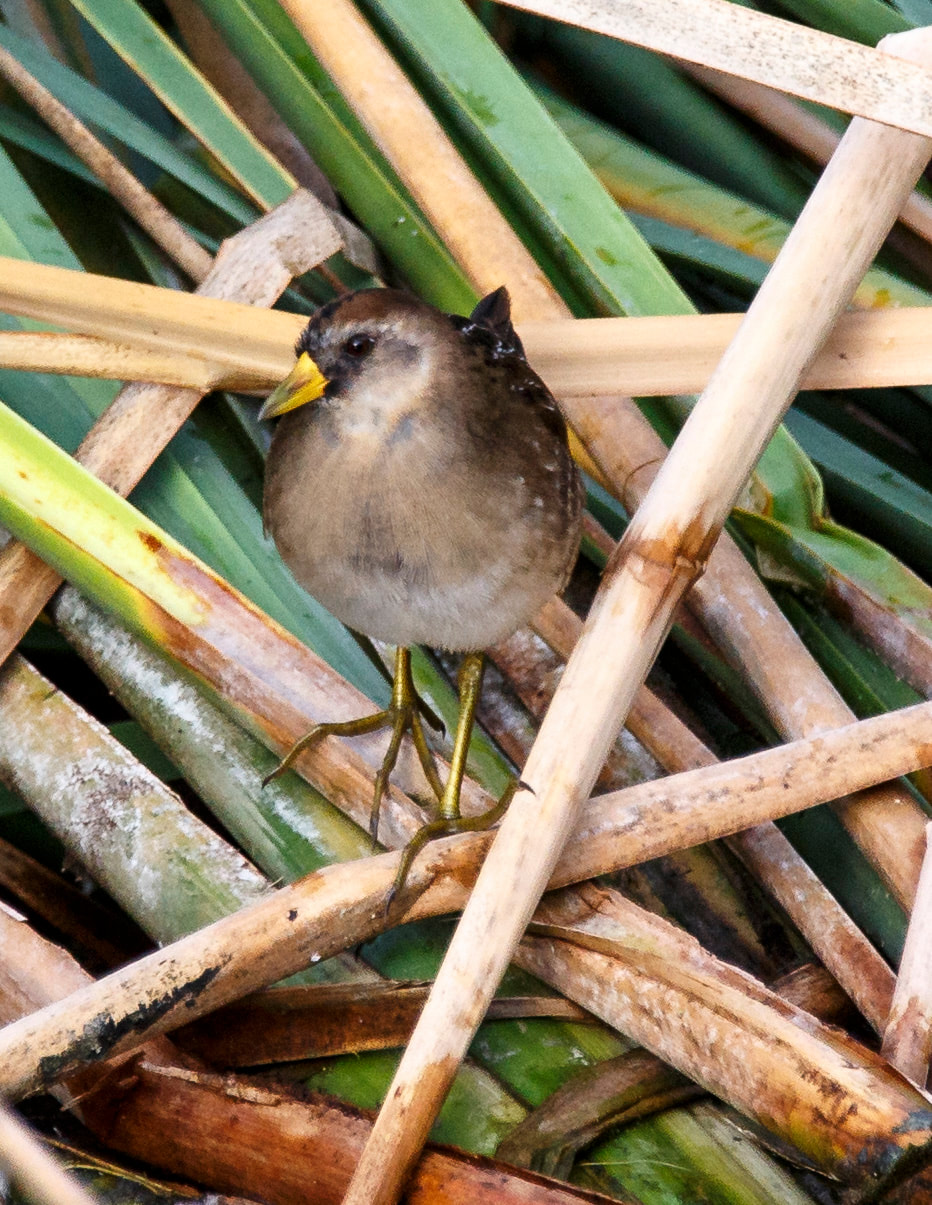
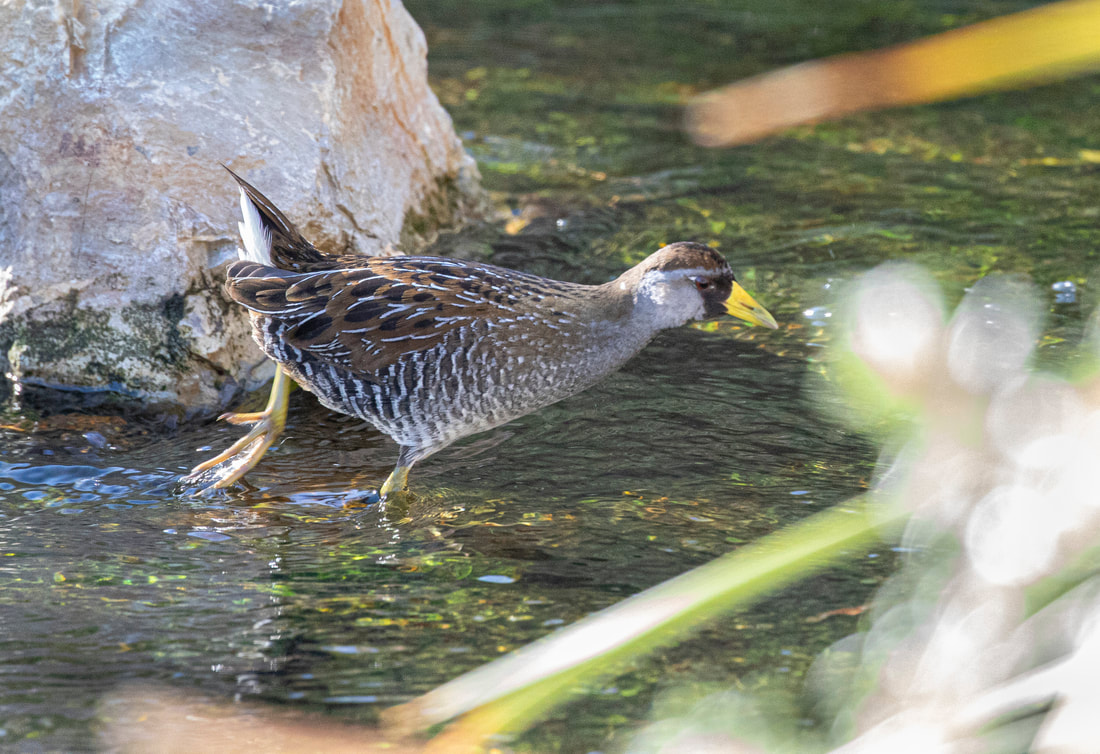
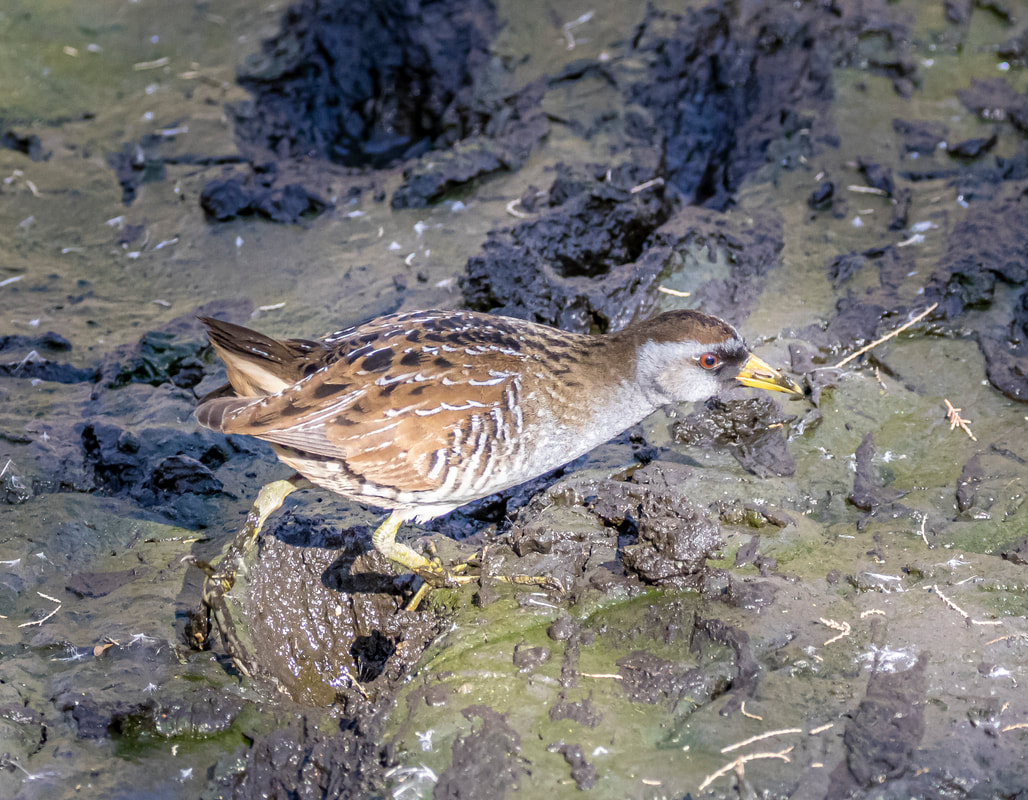
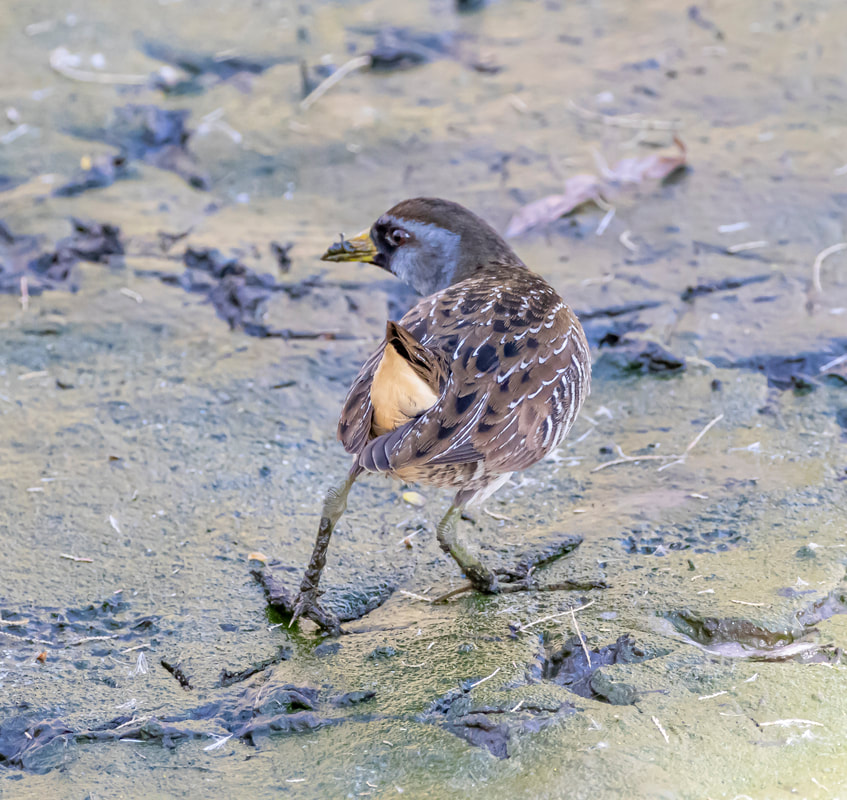
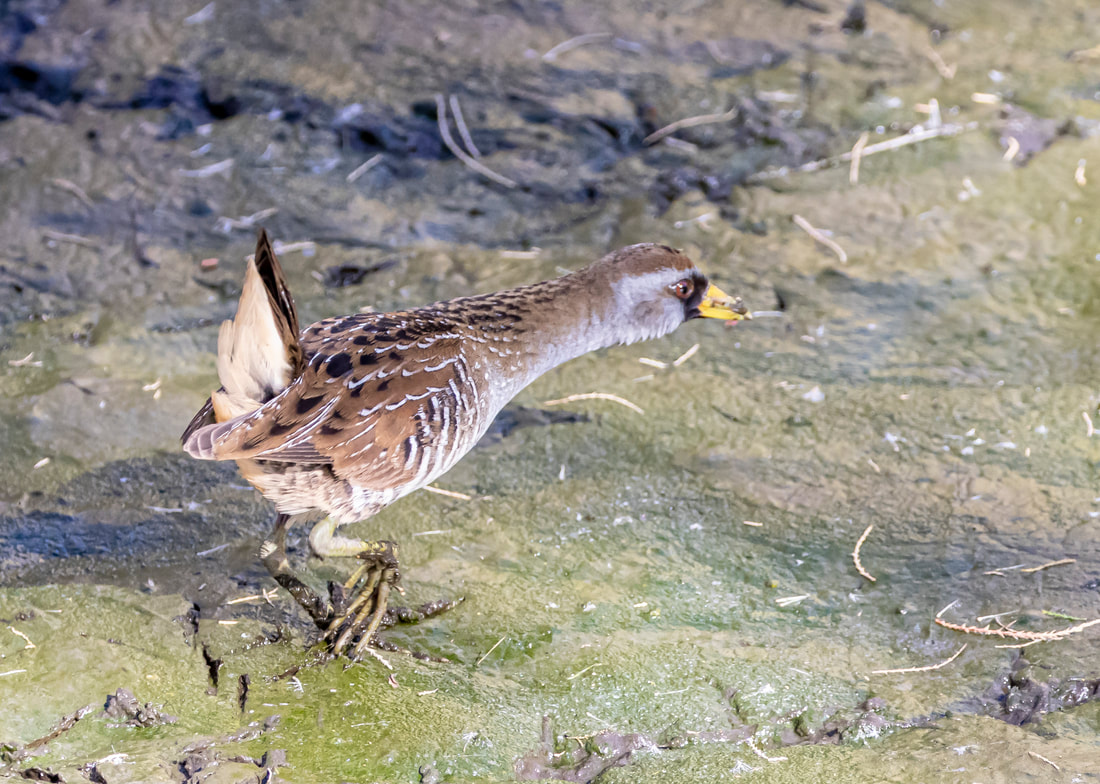
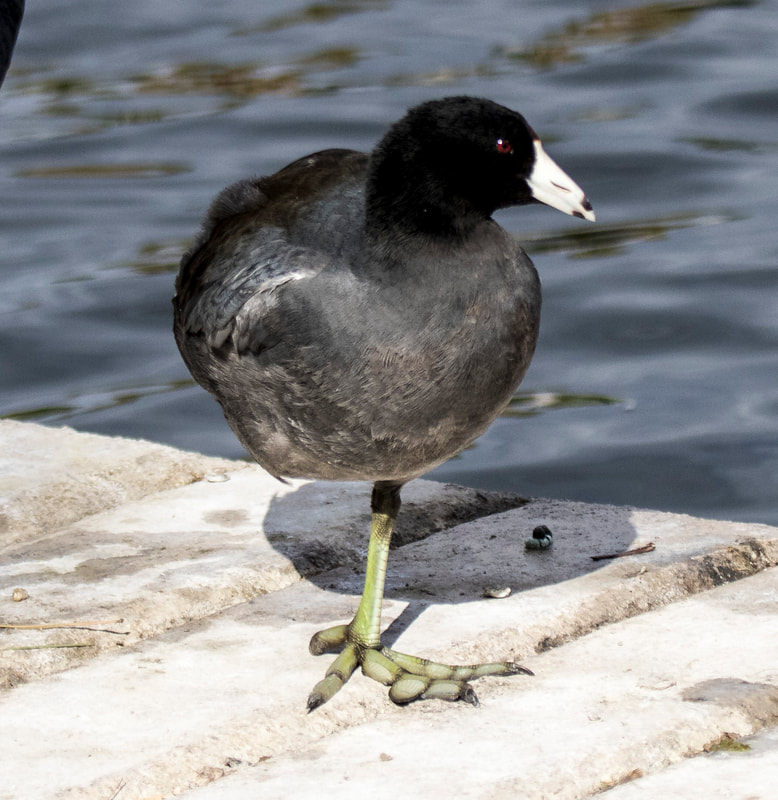


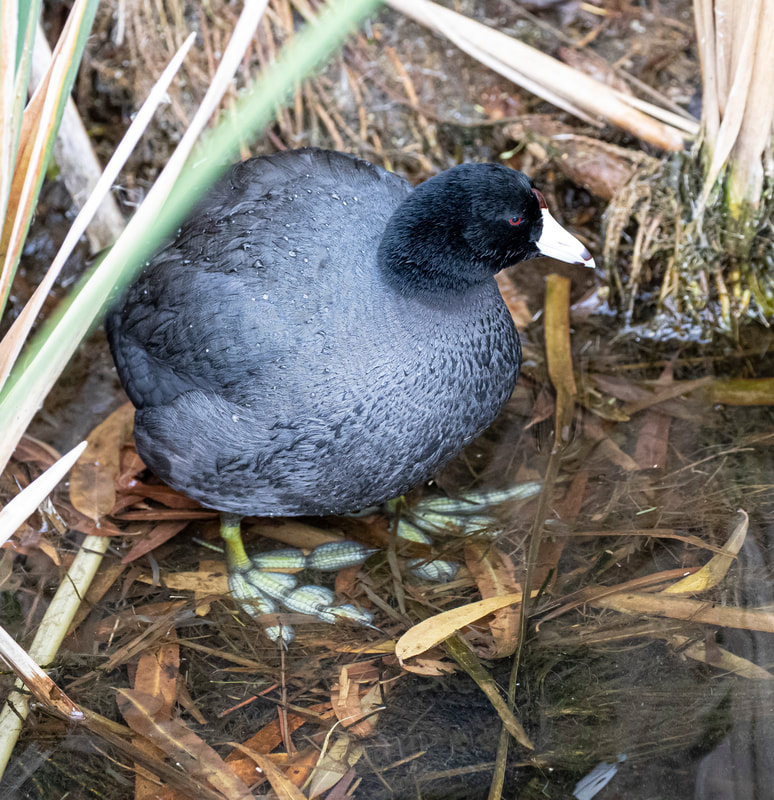
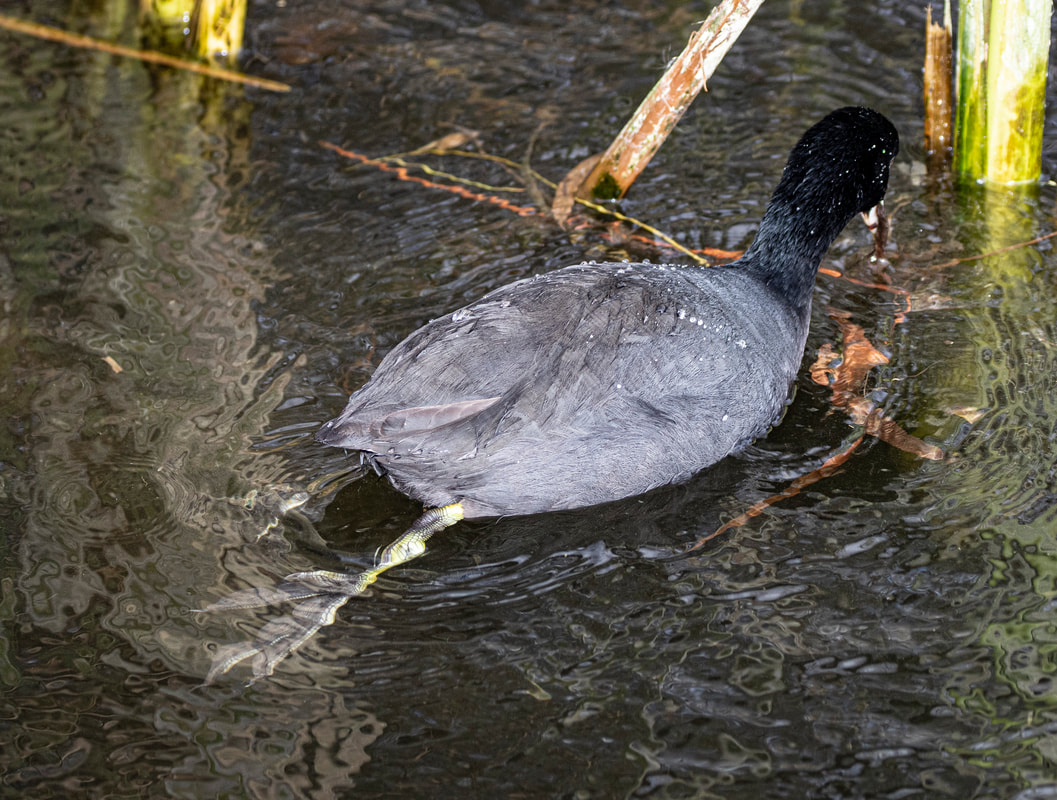
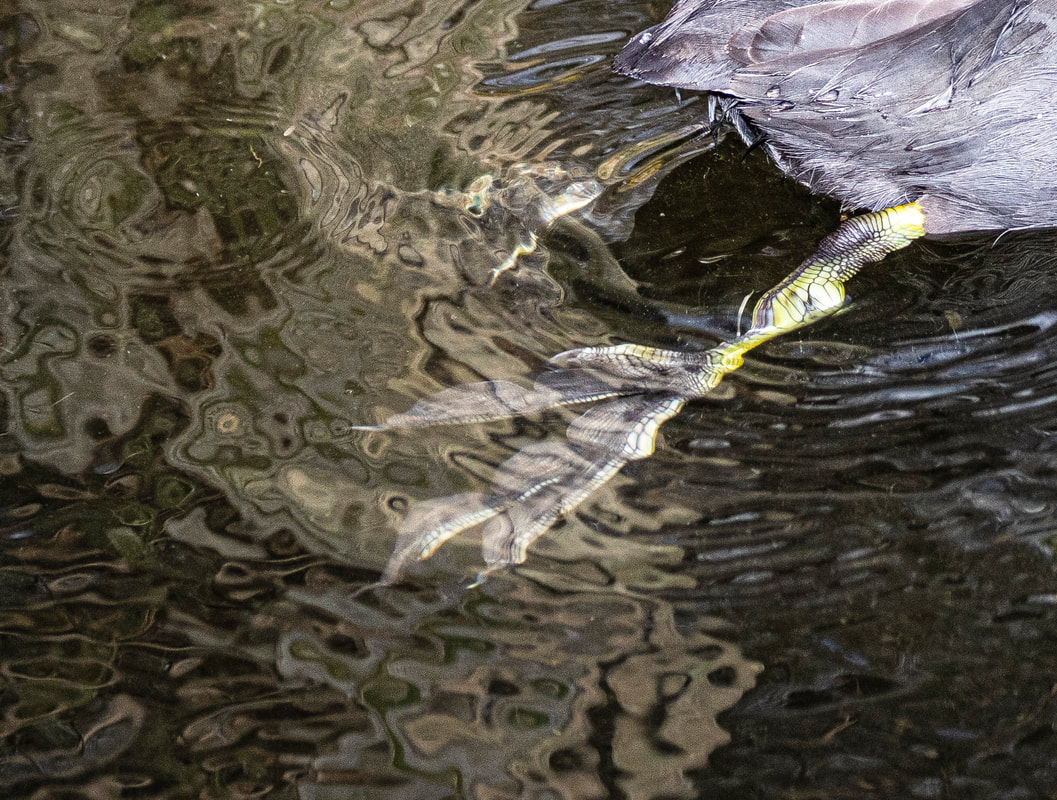
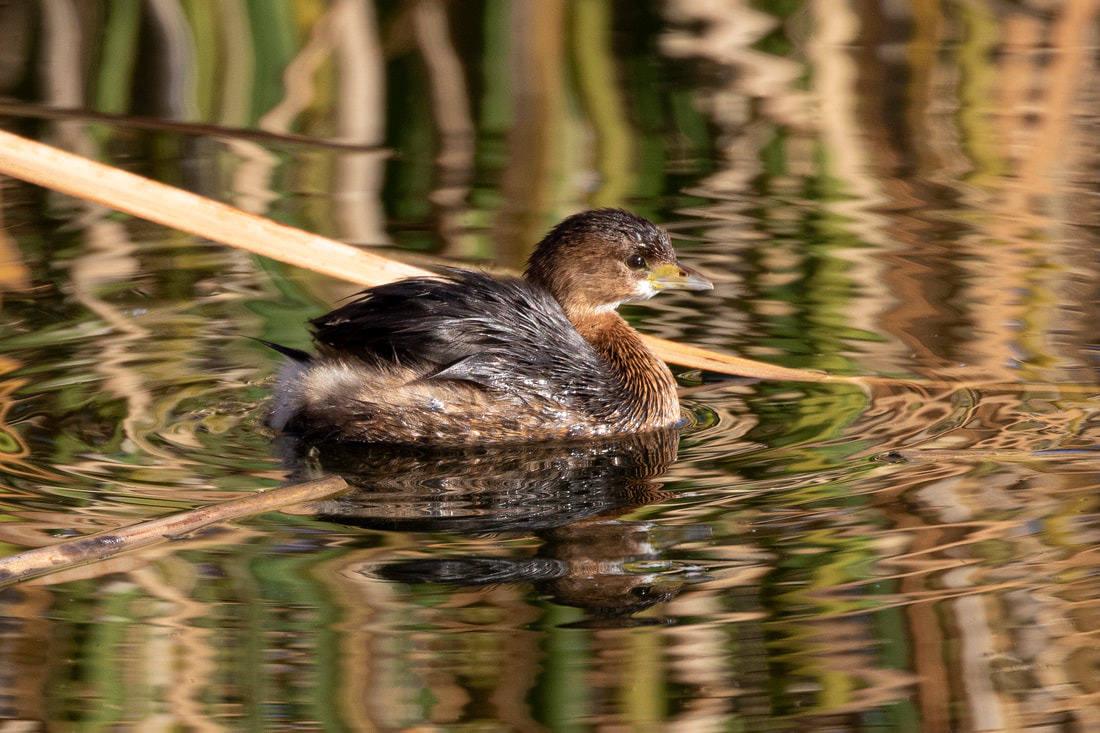
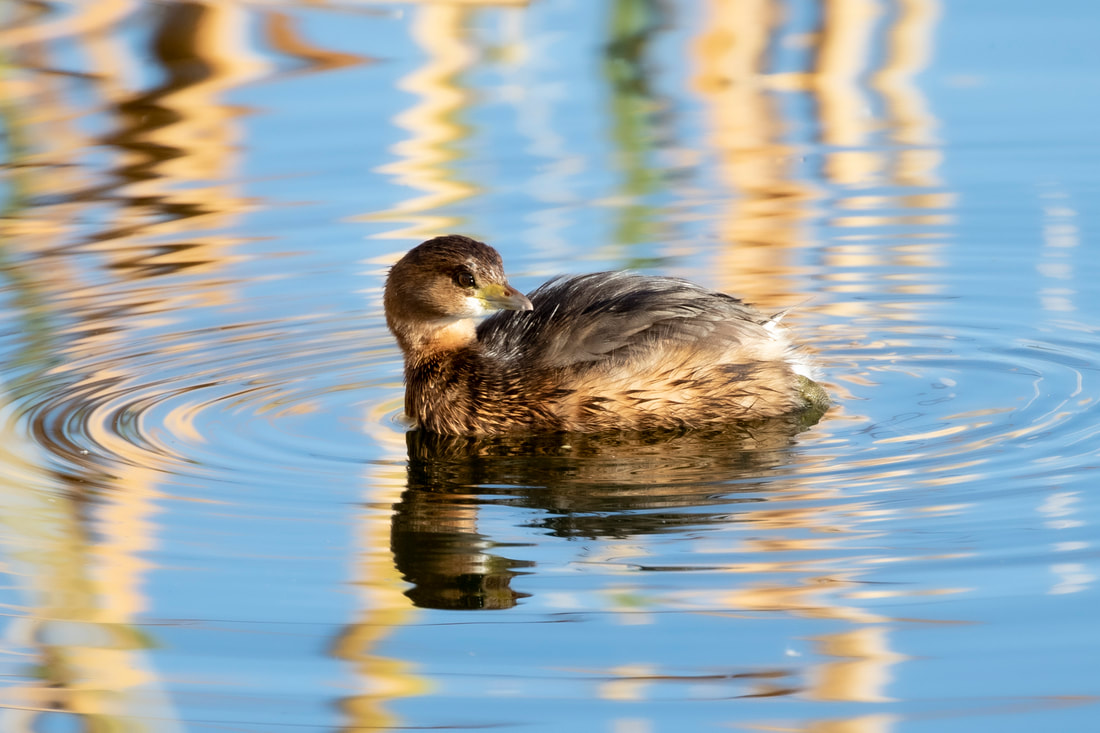
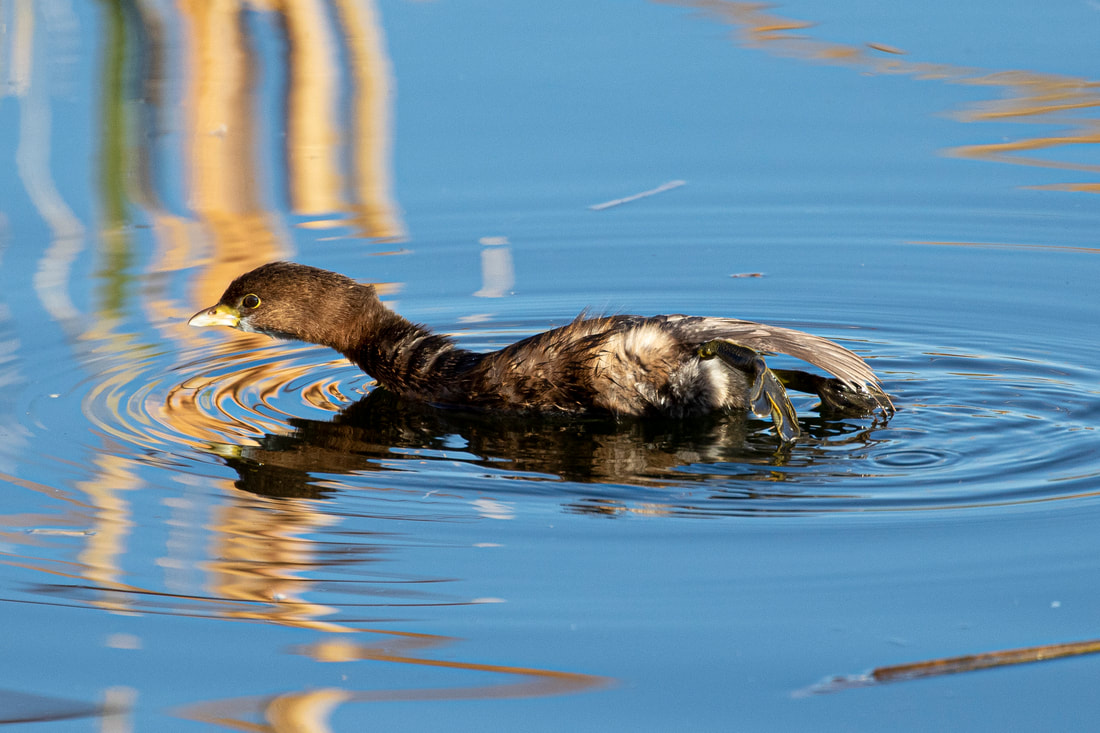
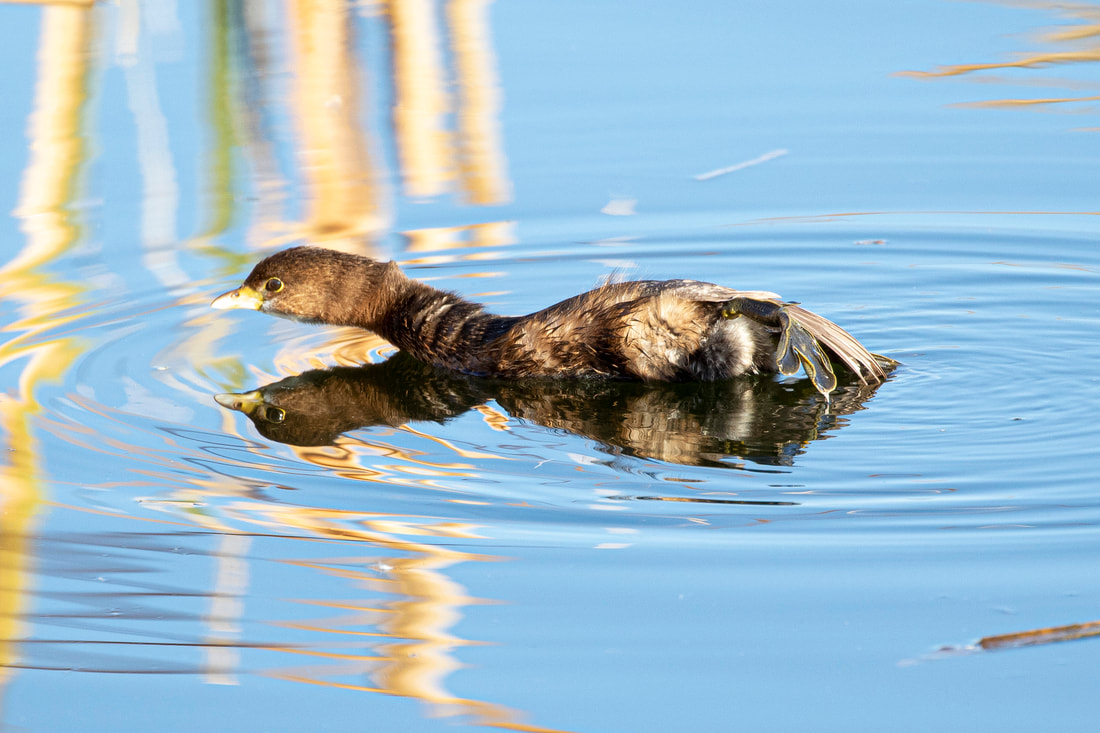
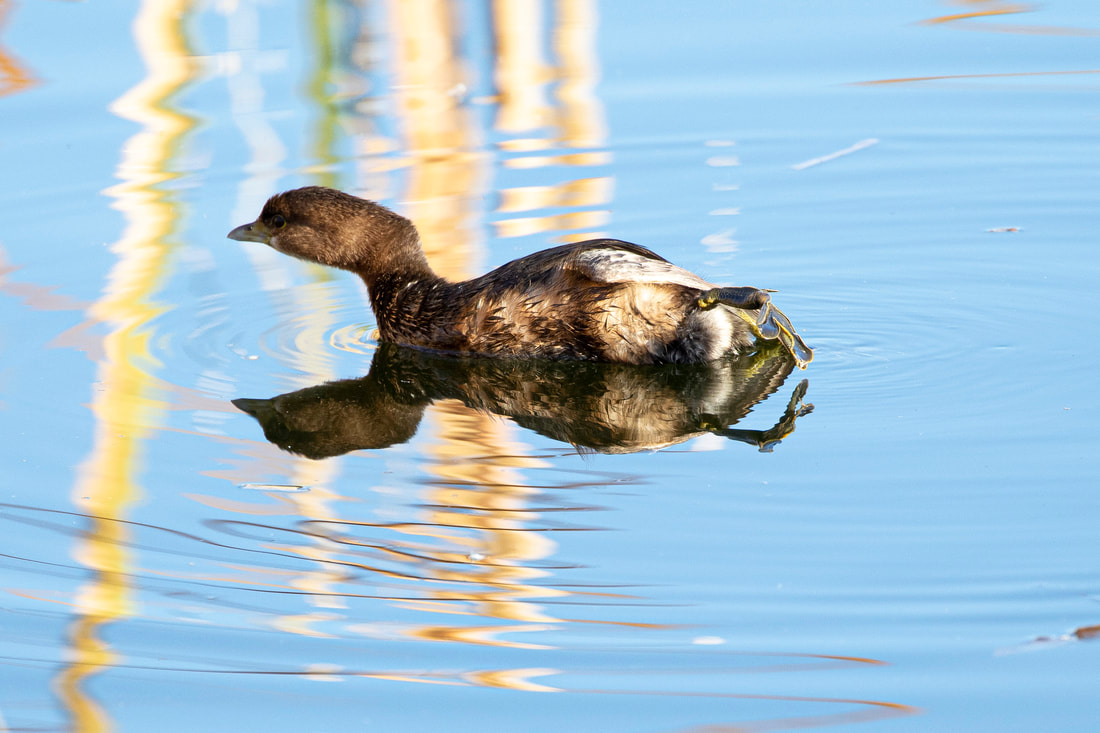
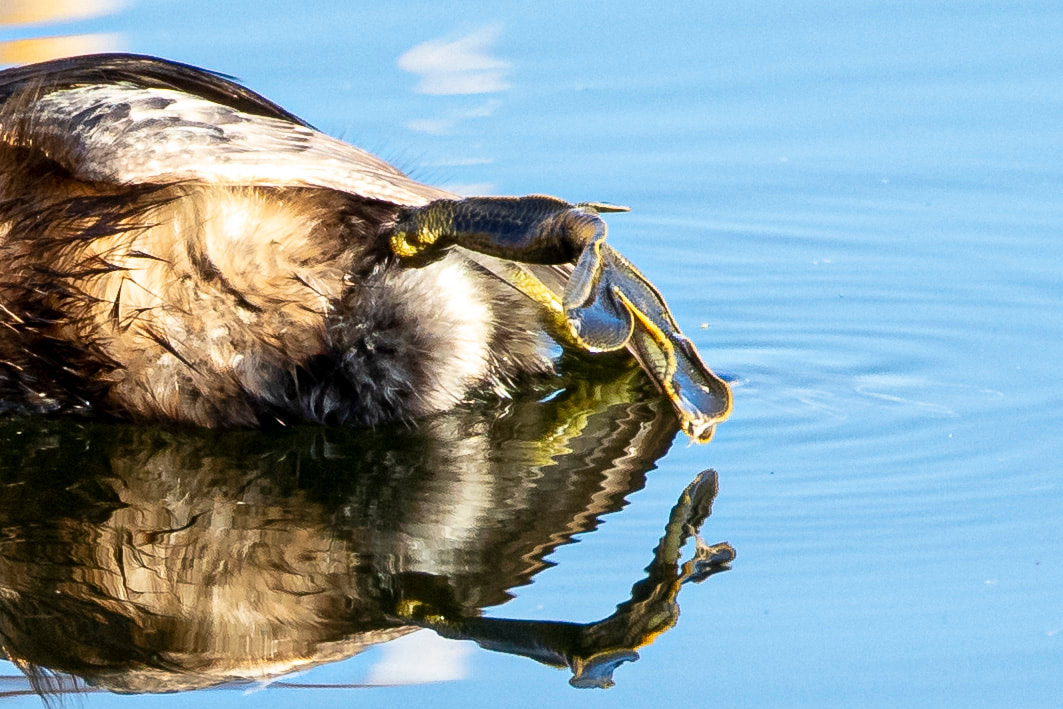
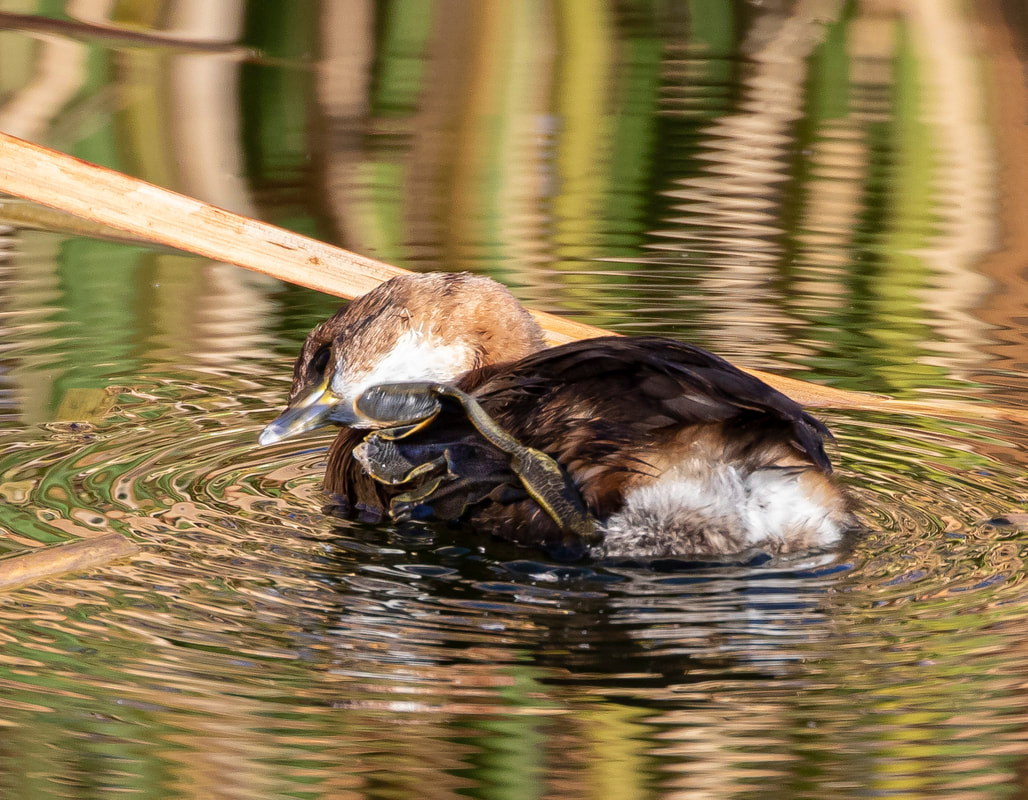
 RSS Feed
RSS Feed